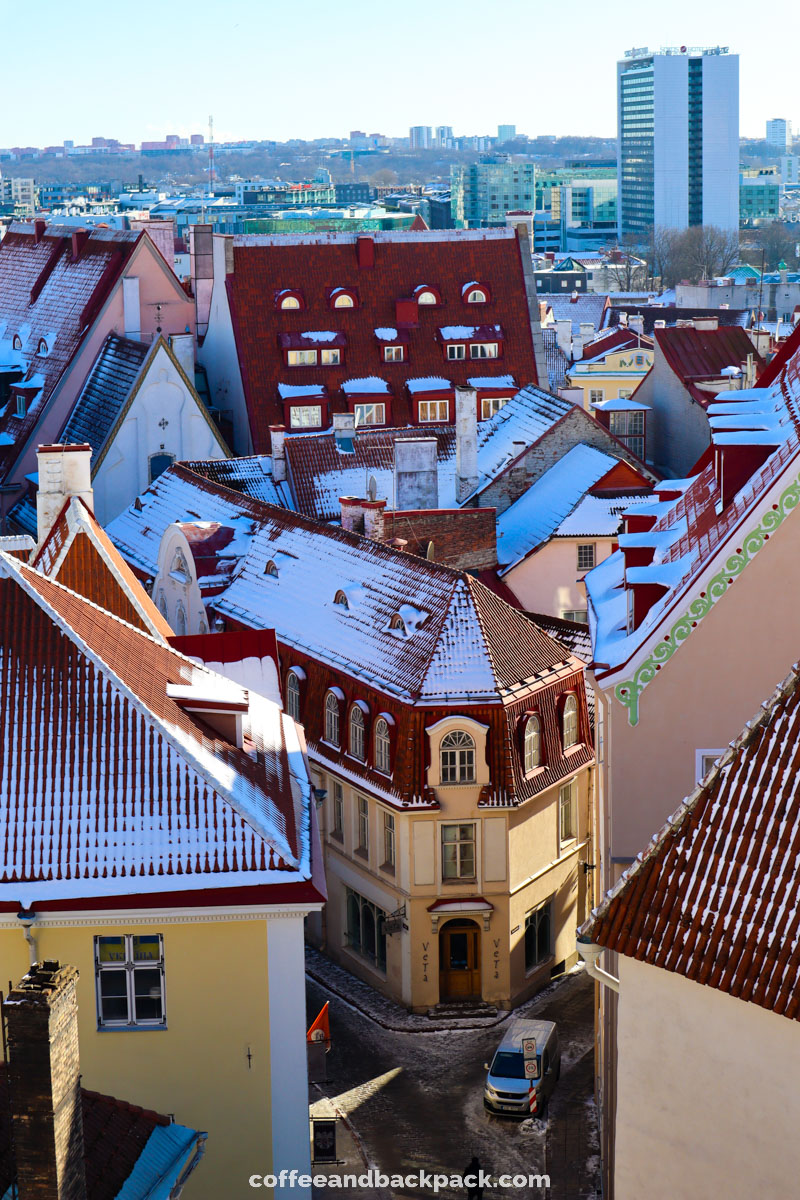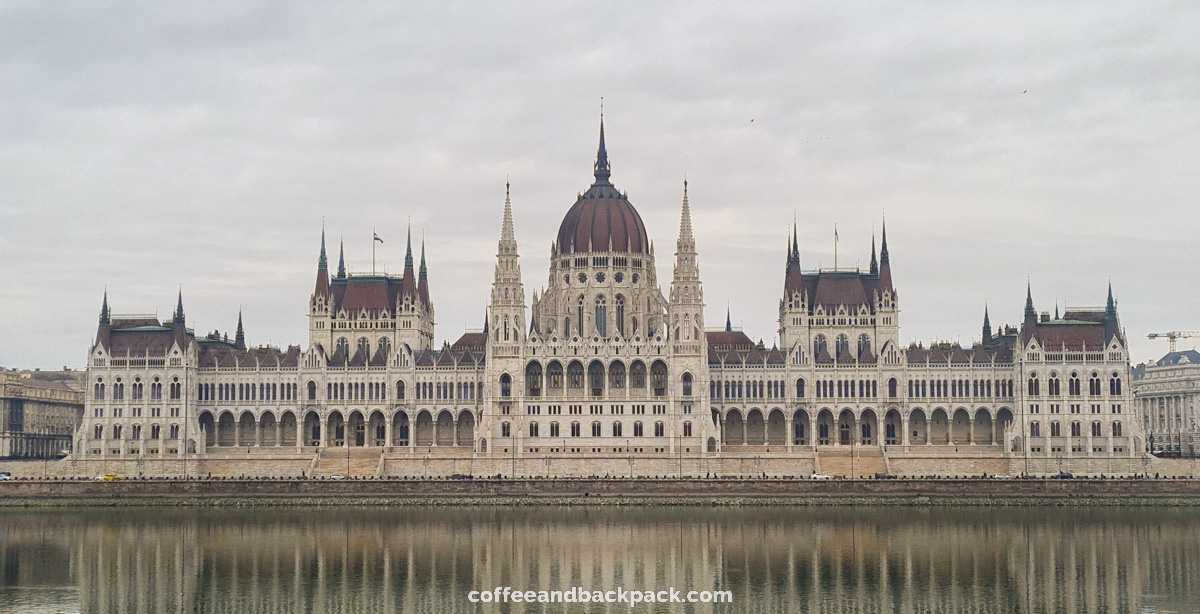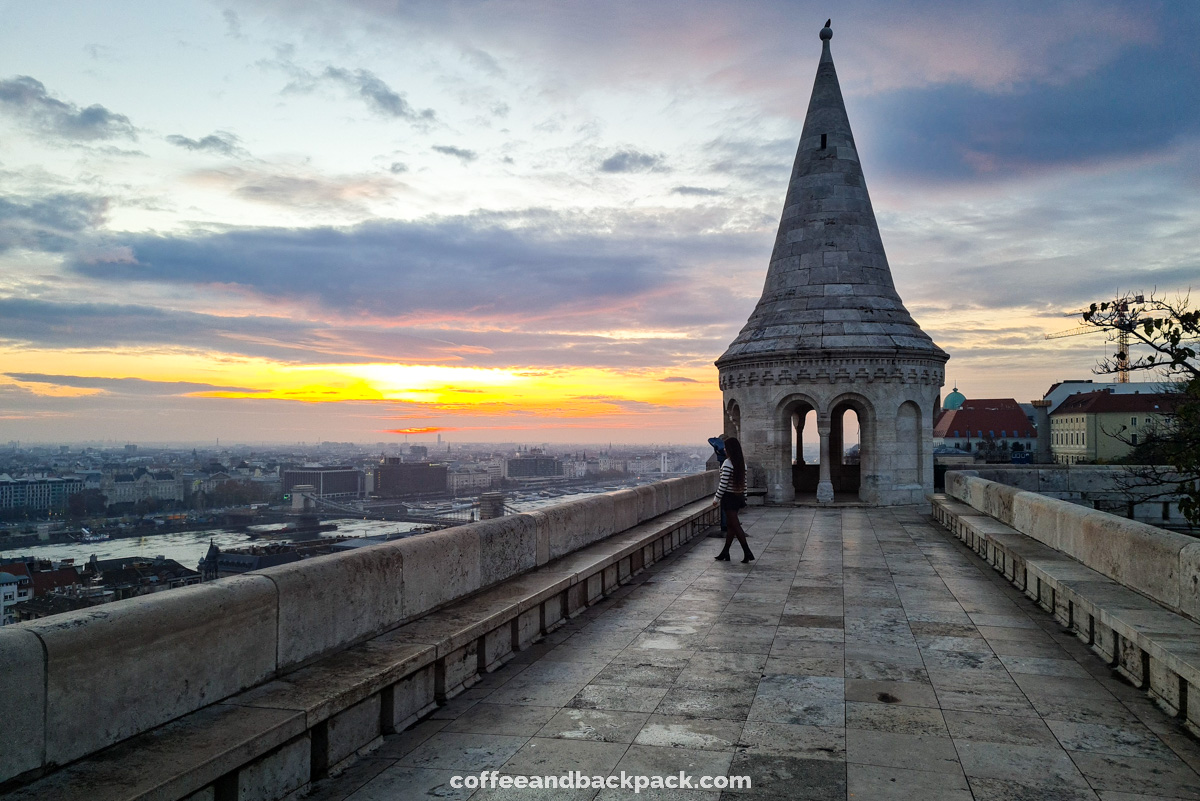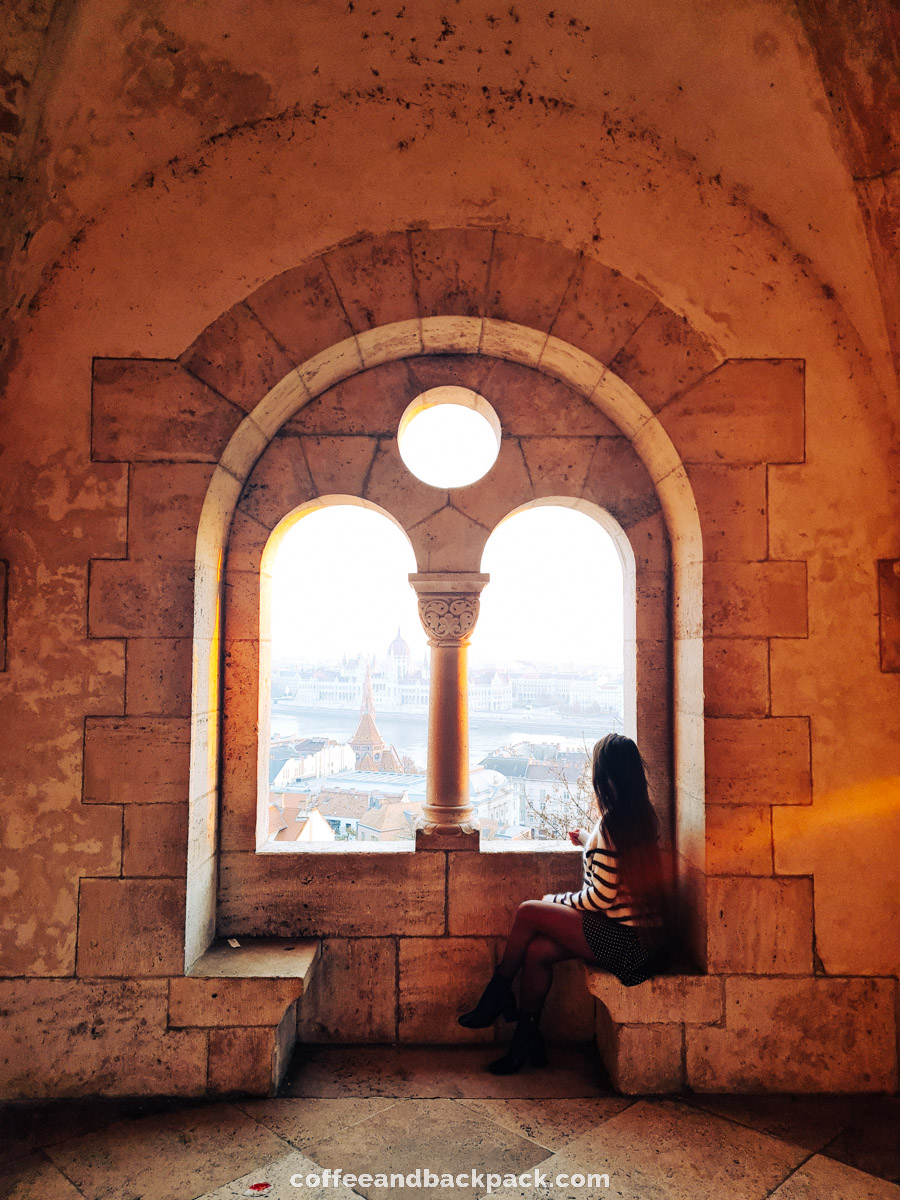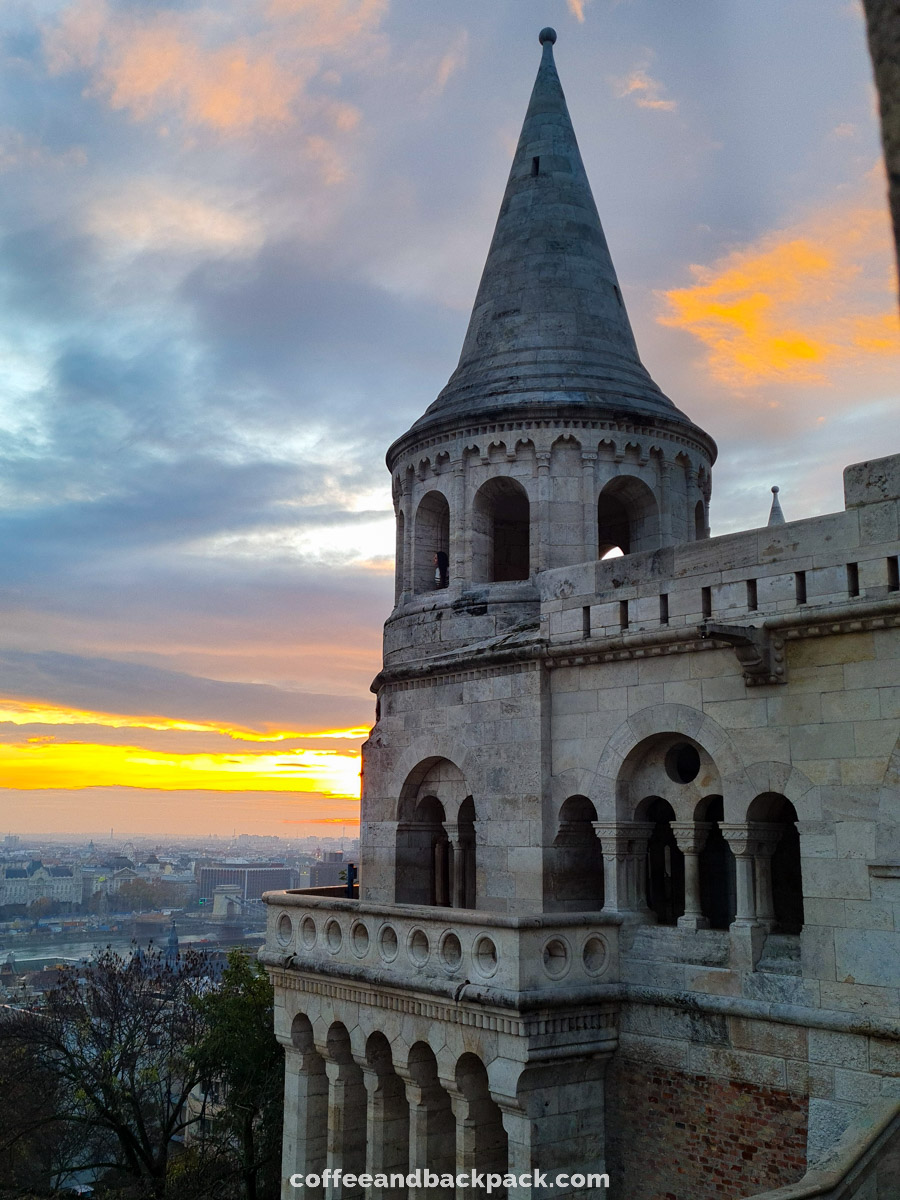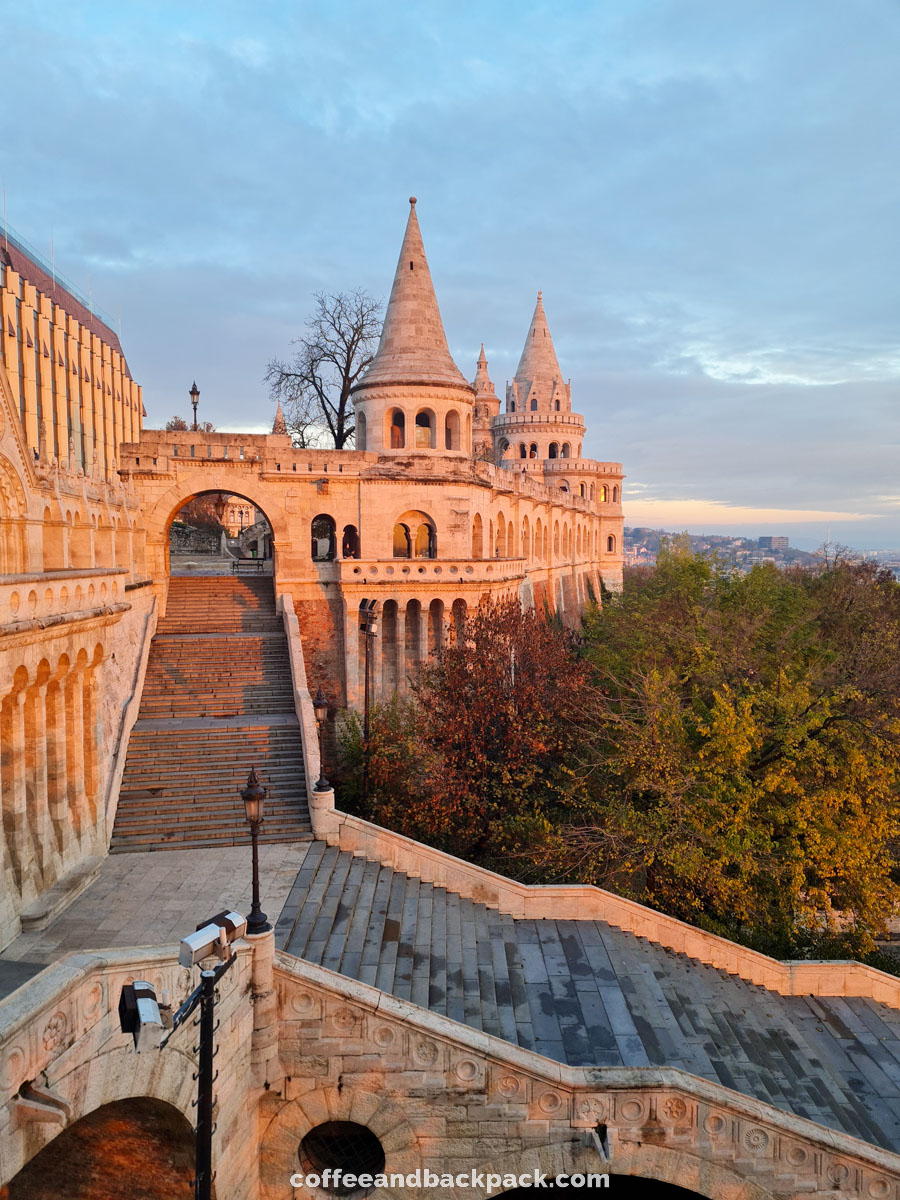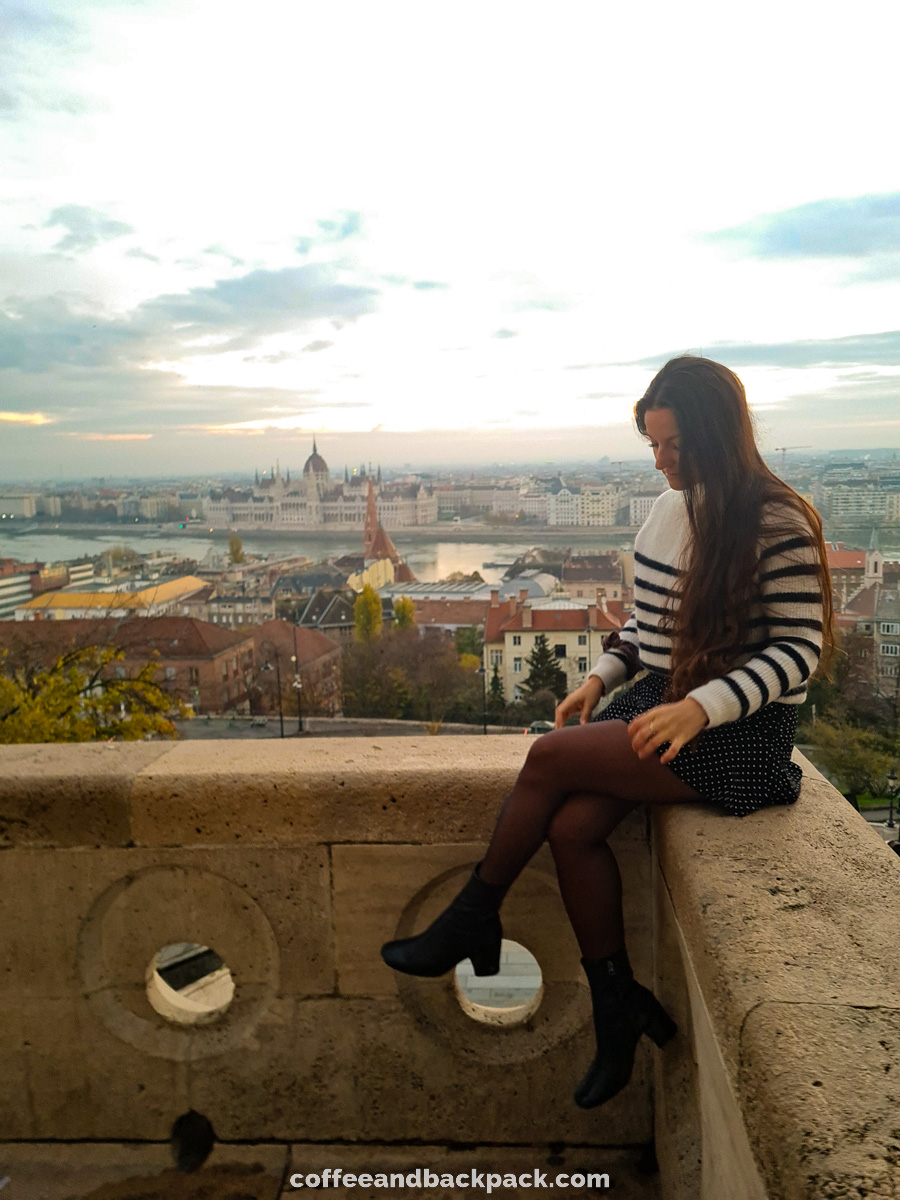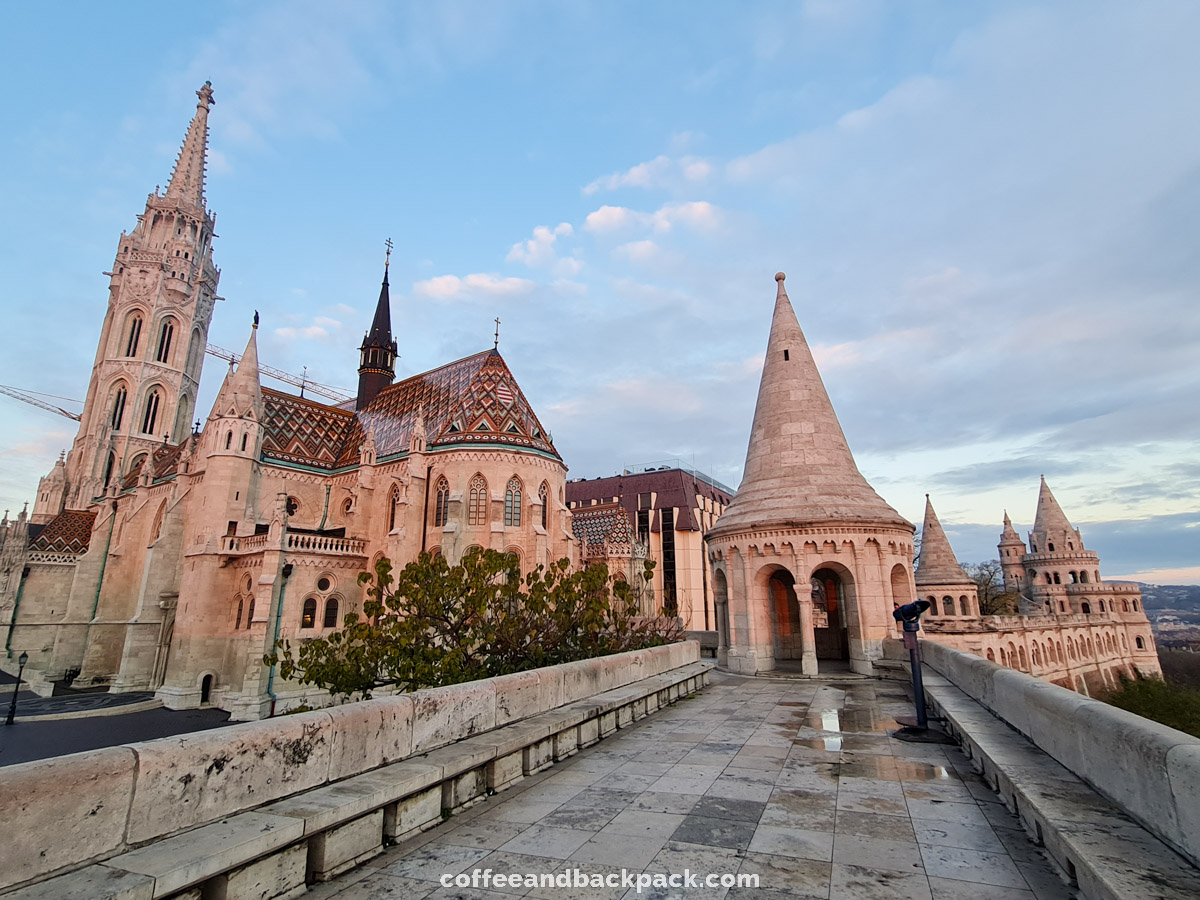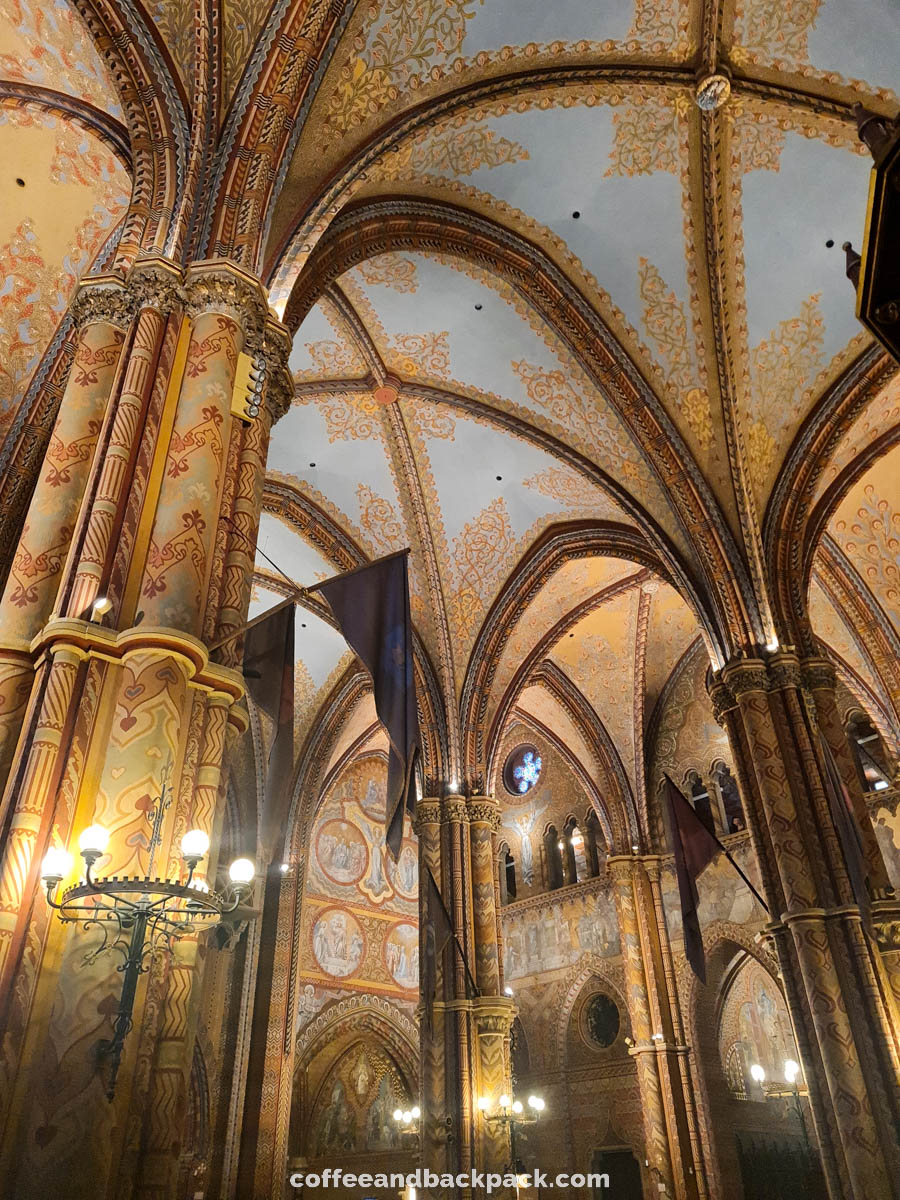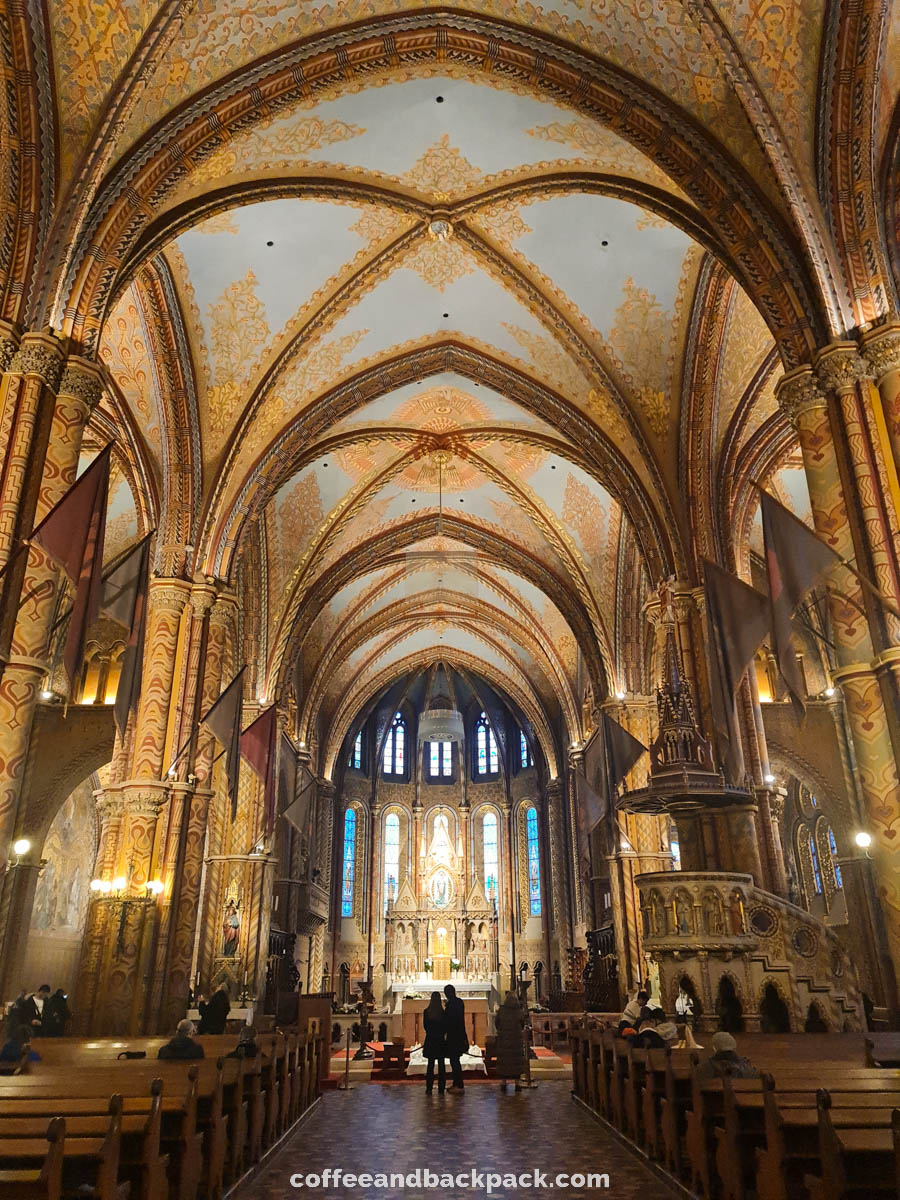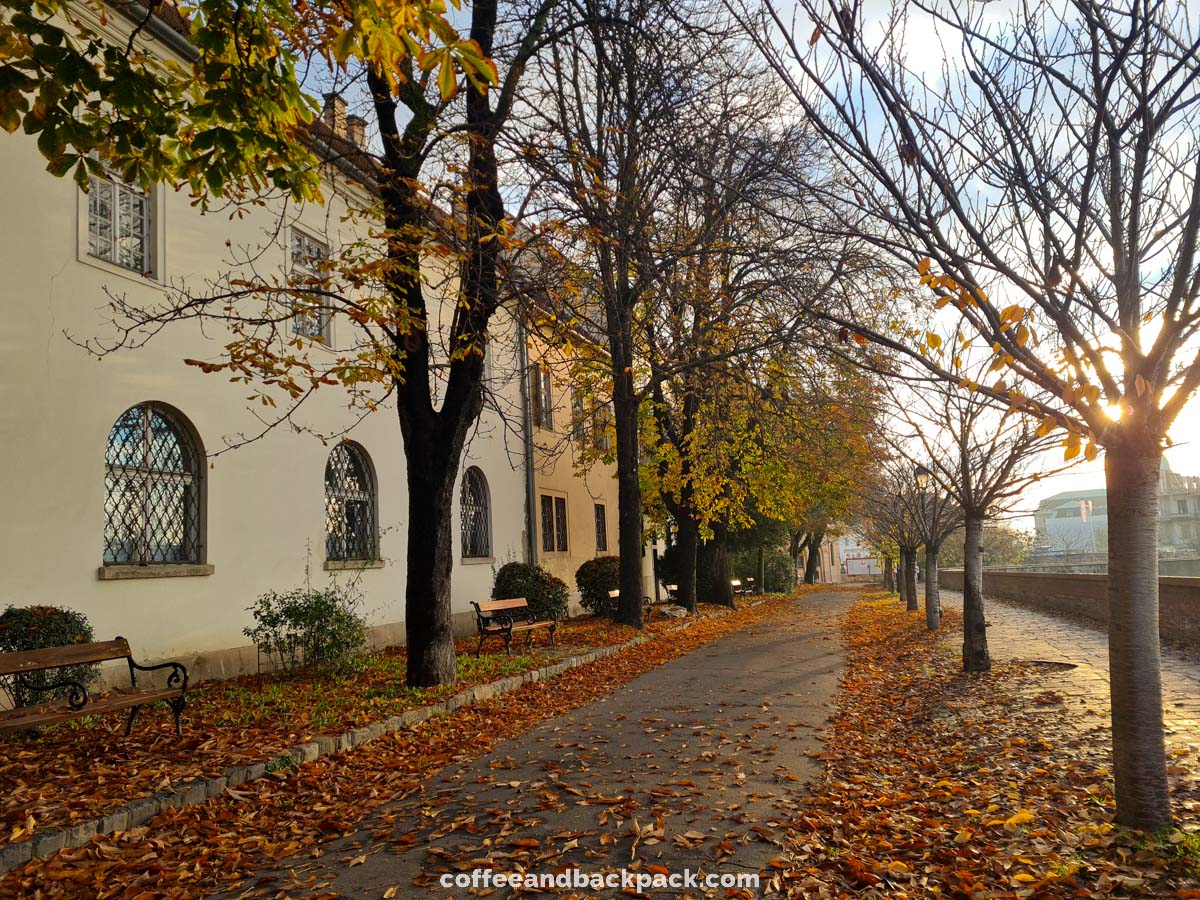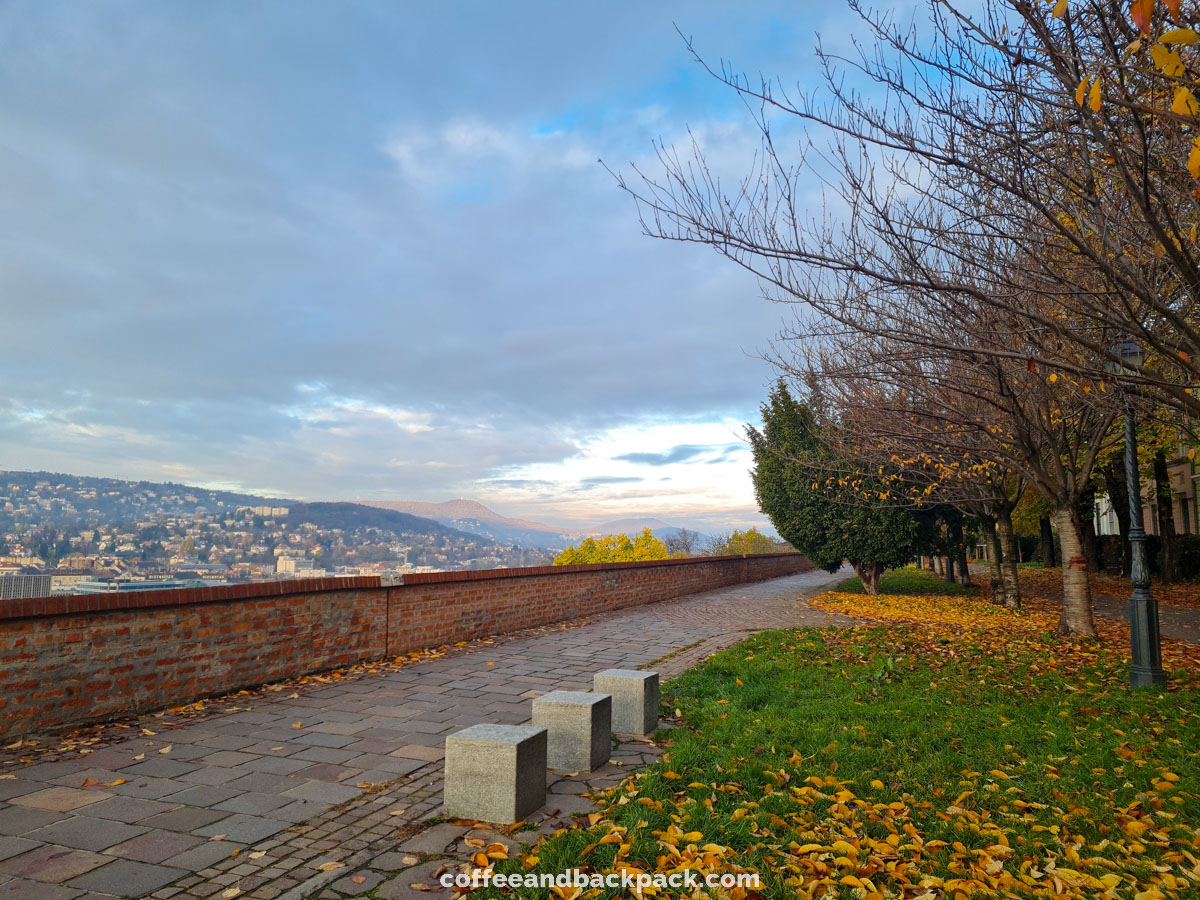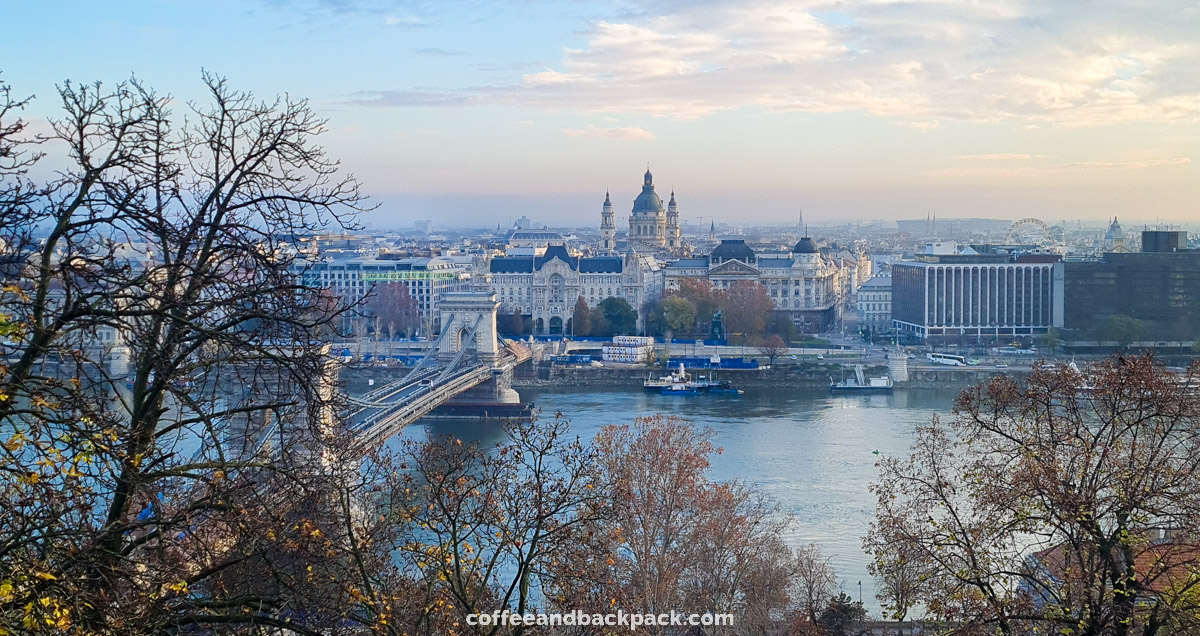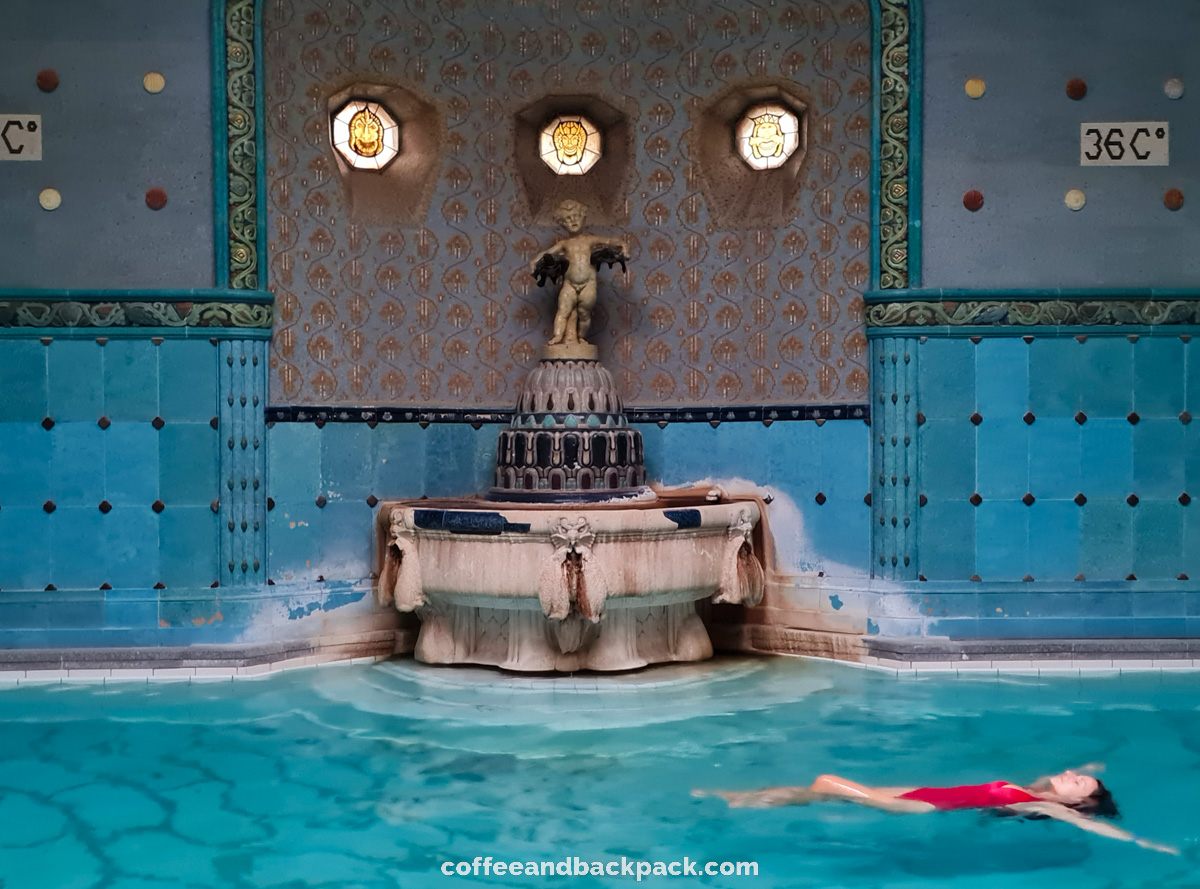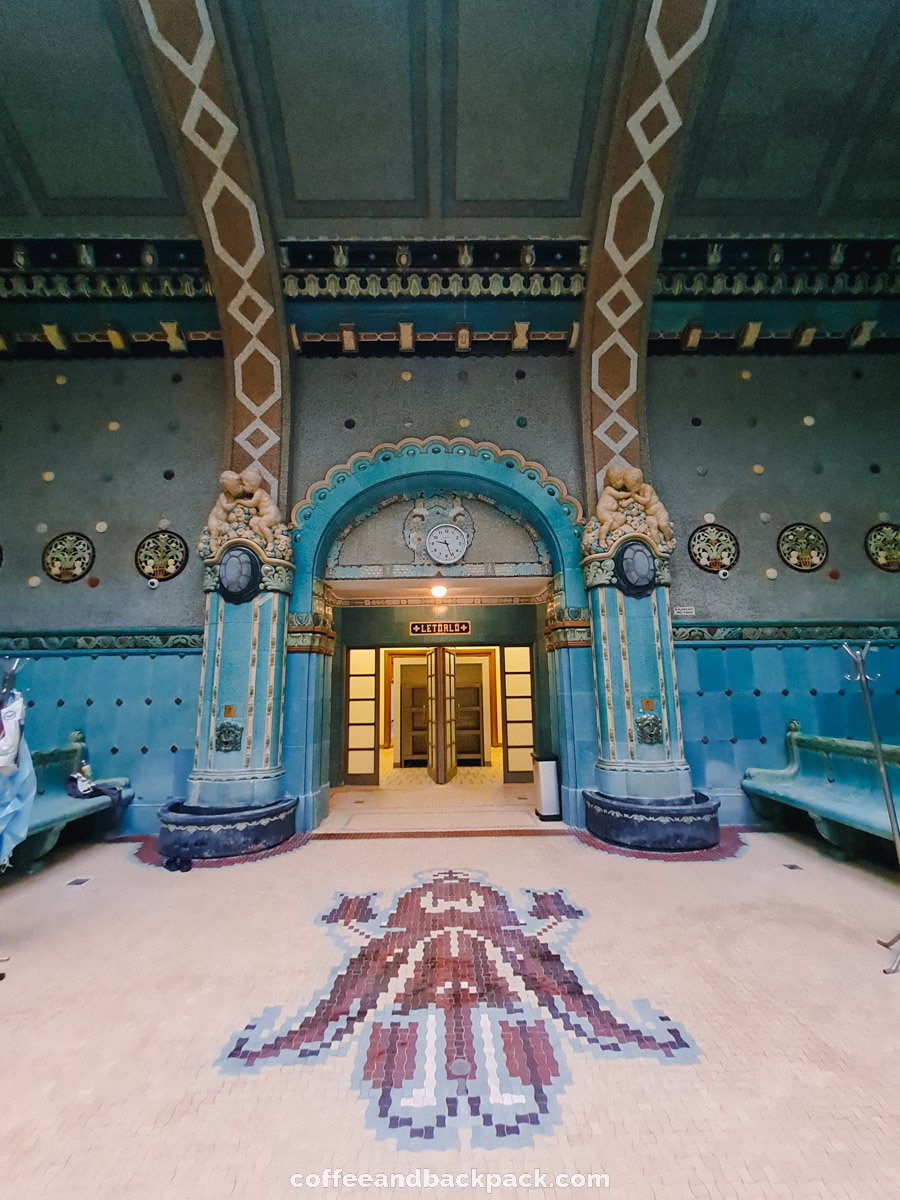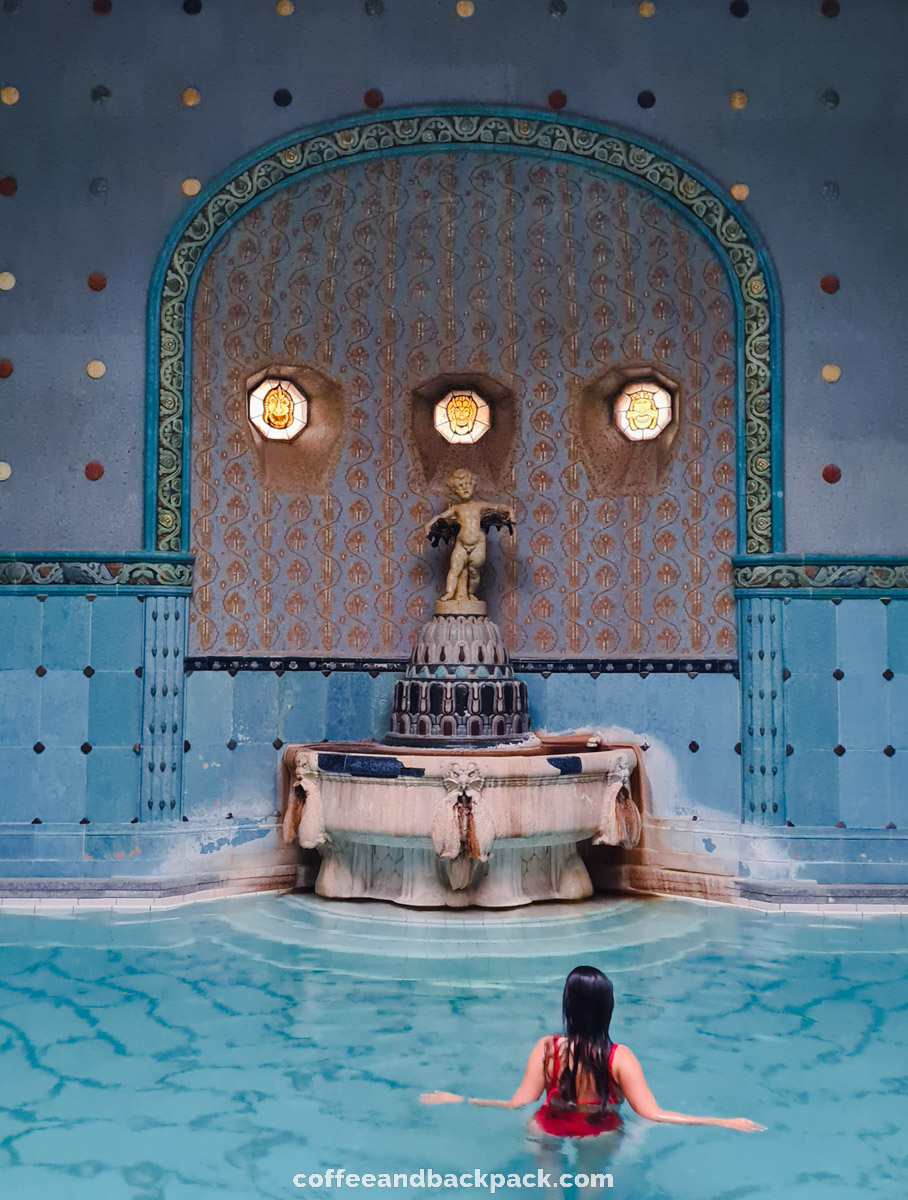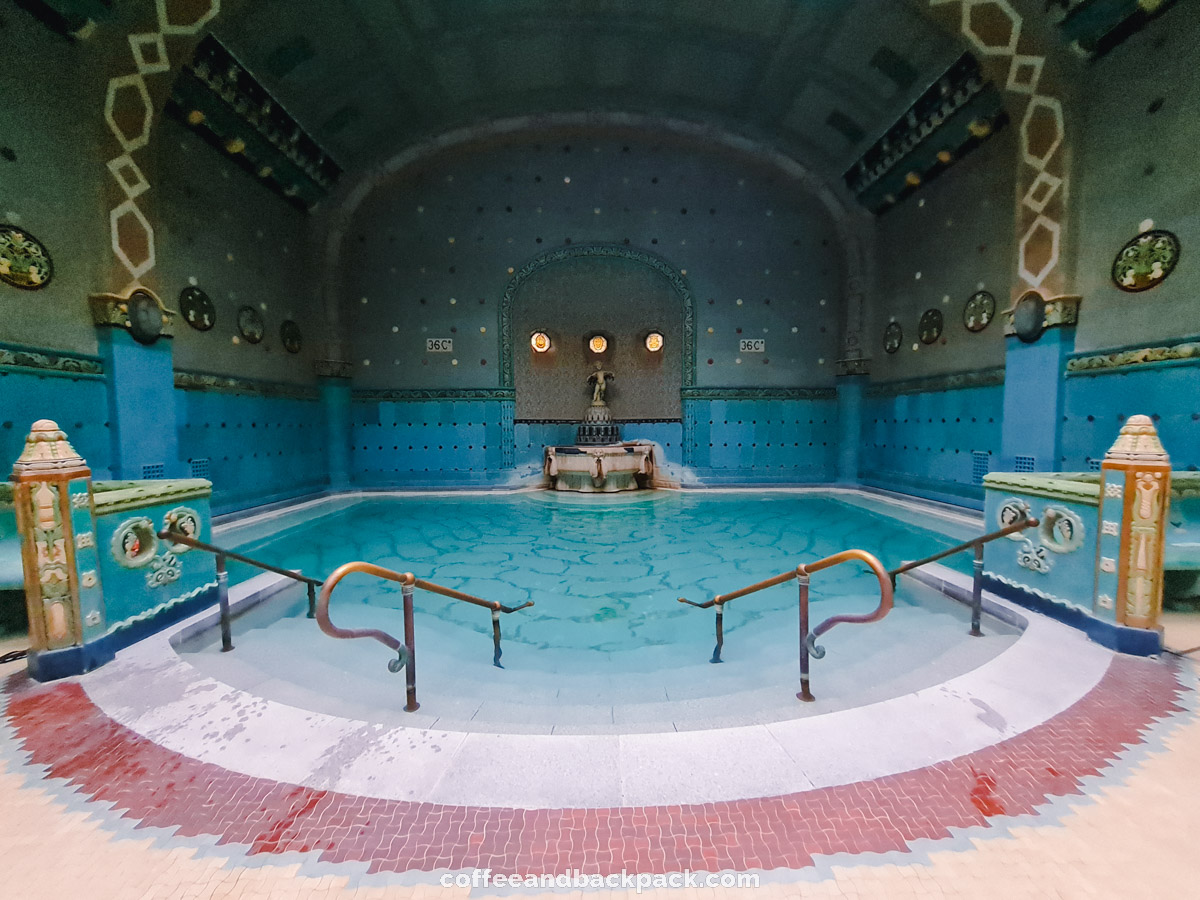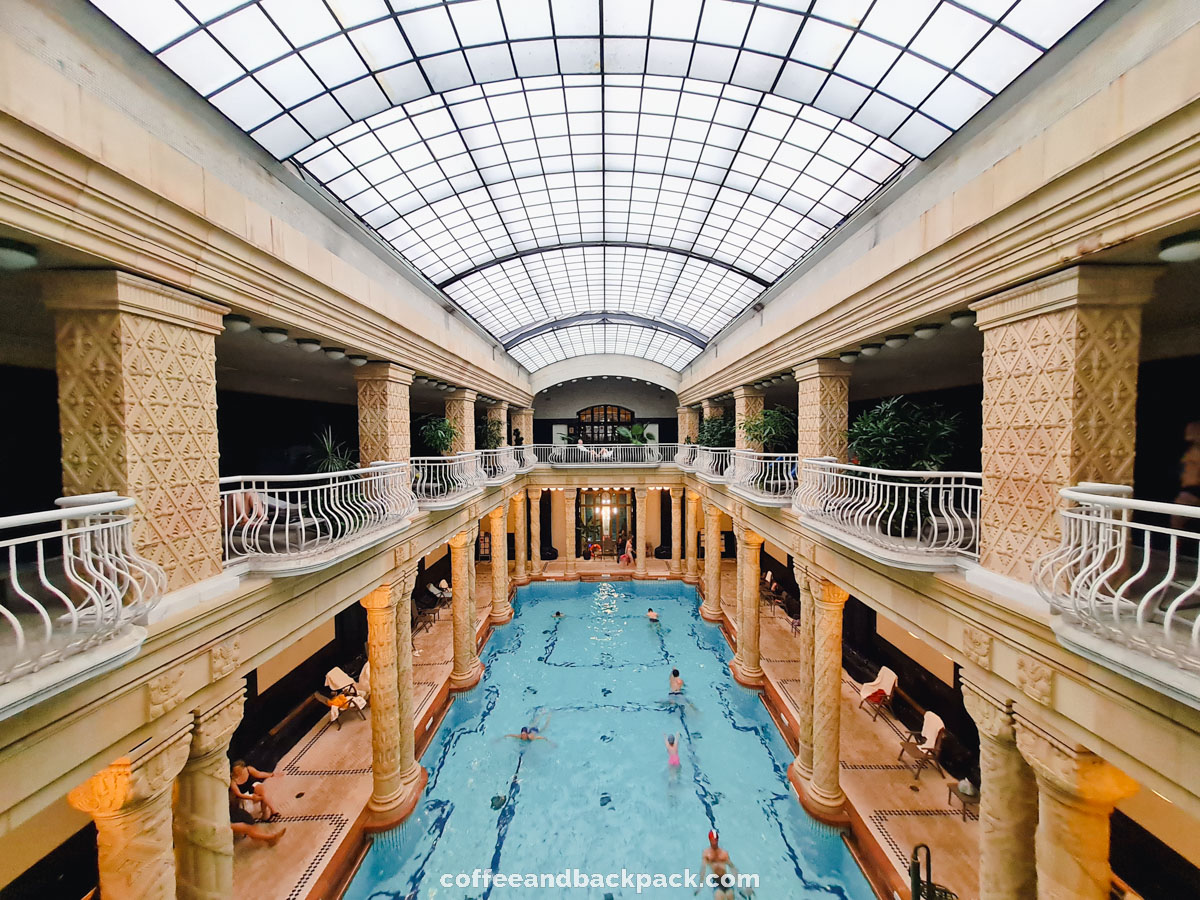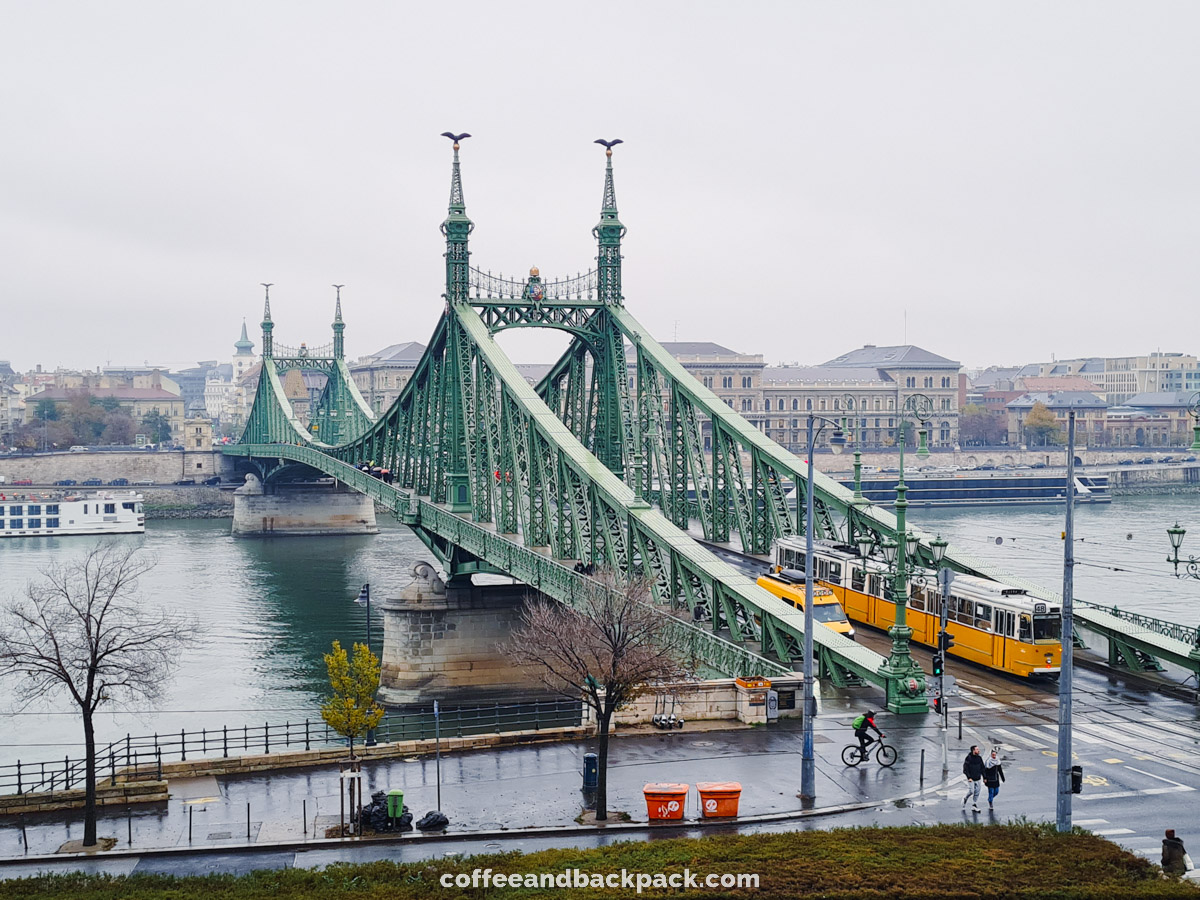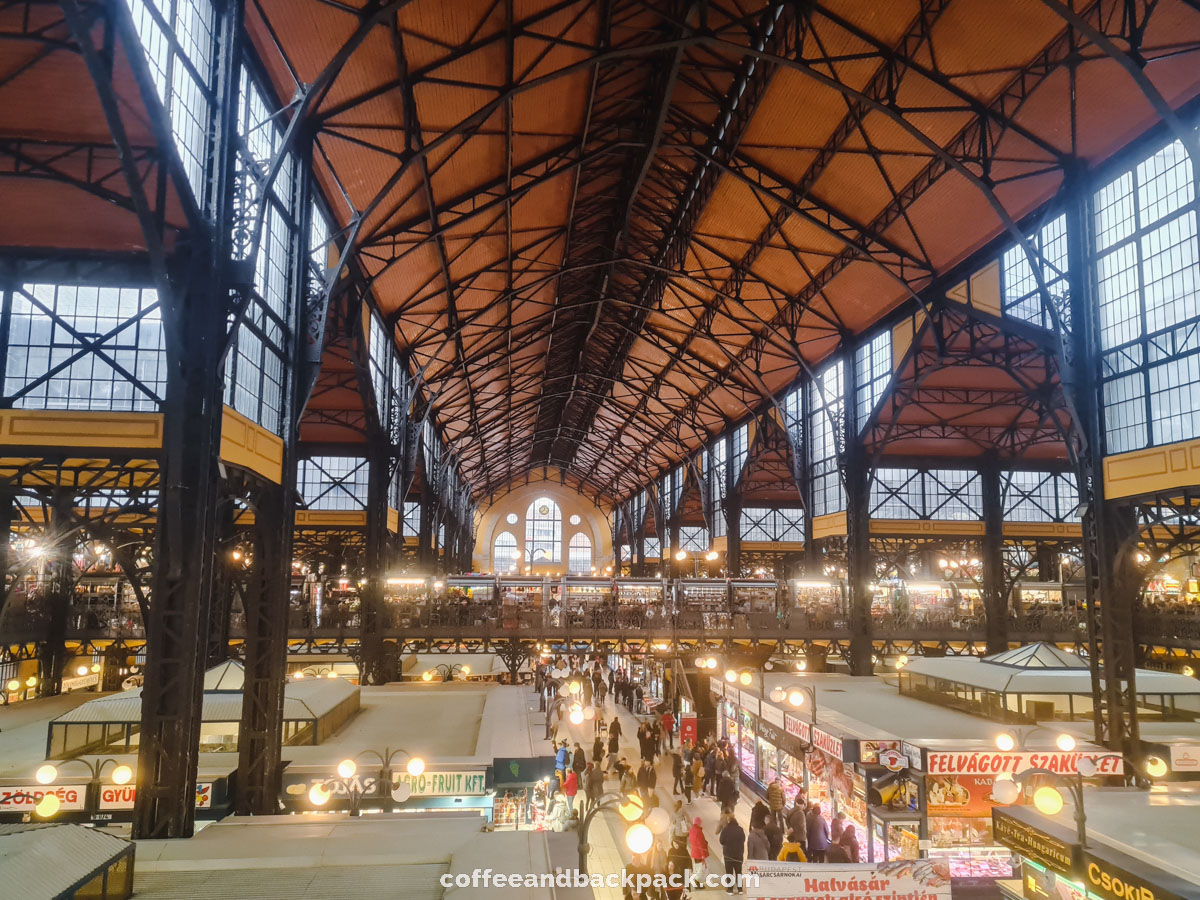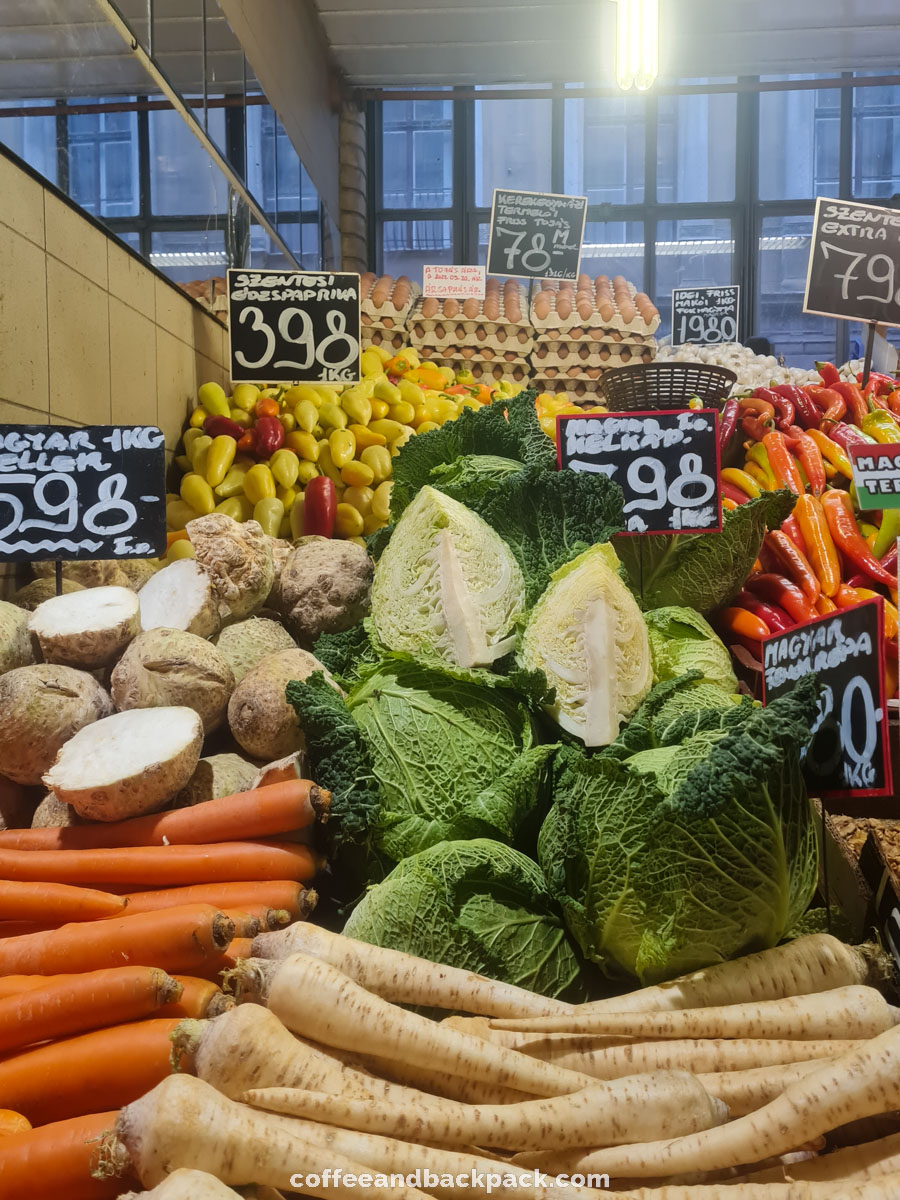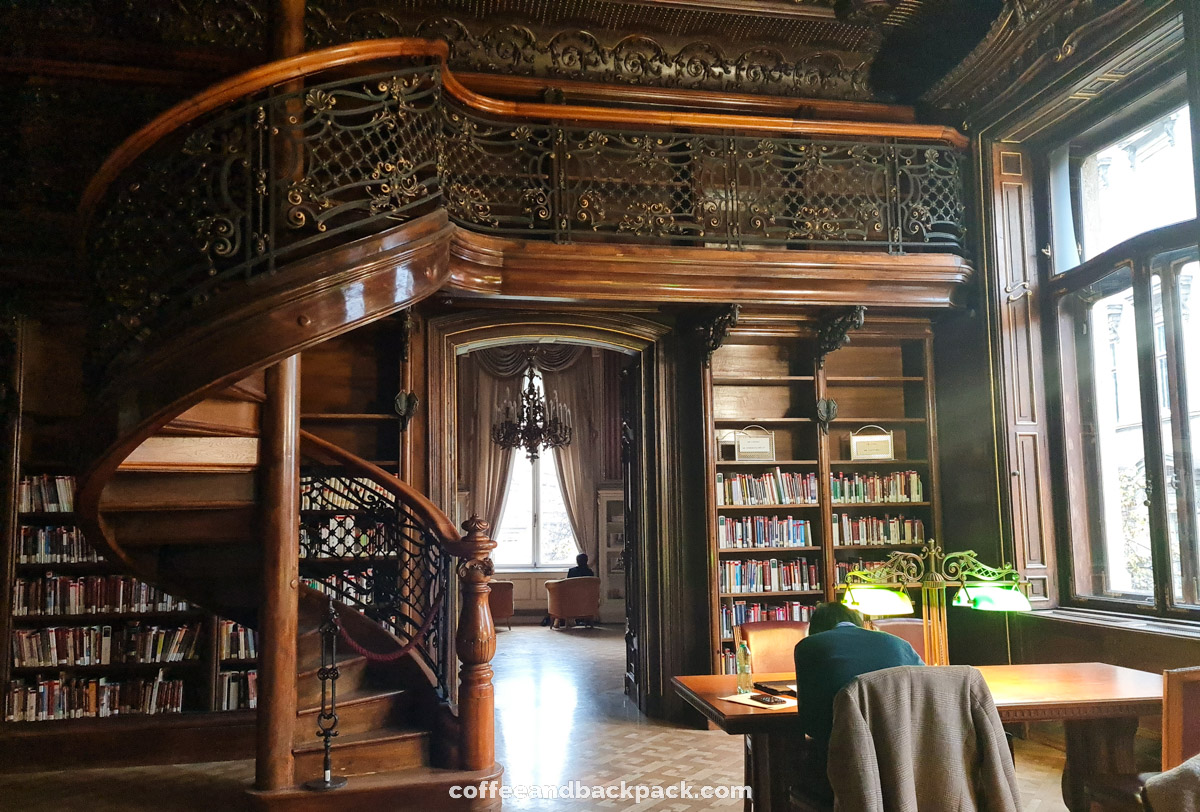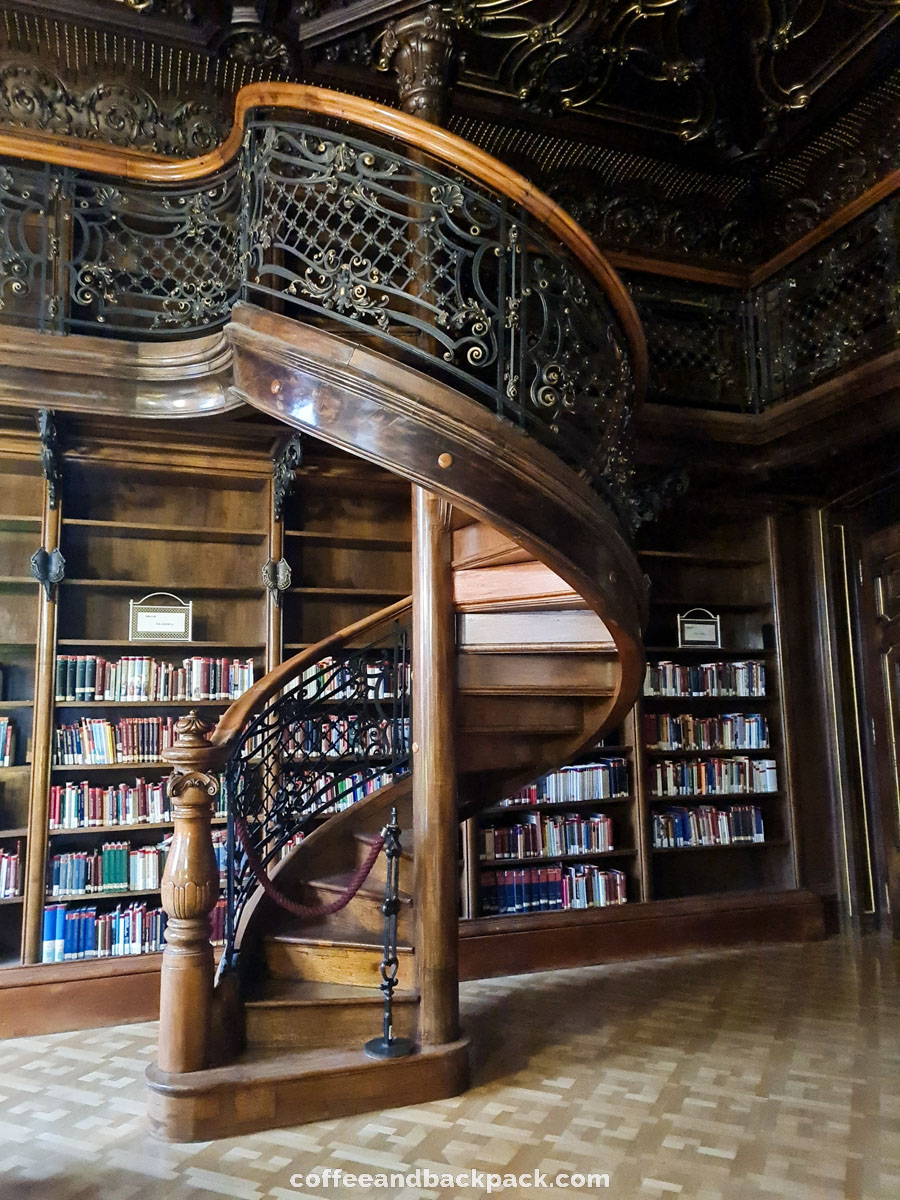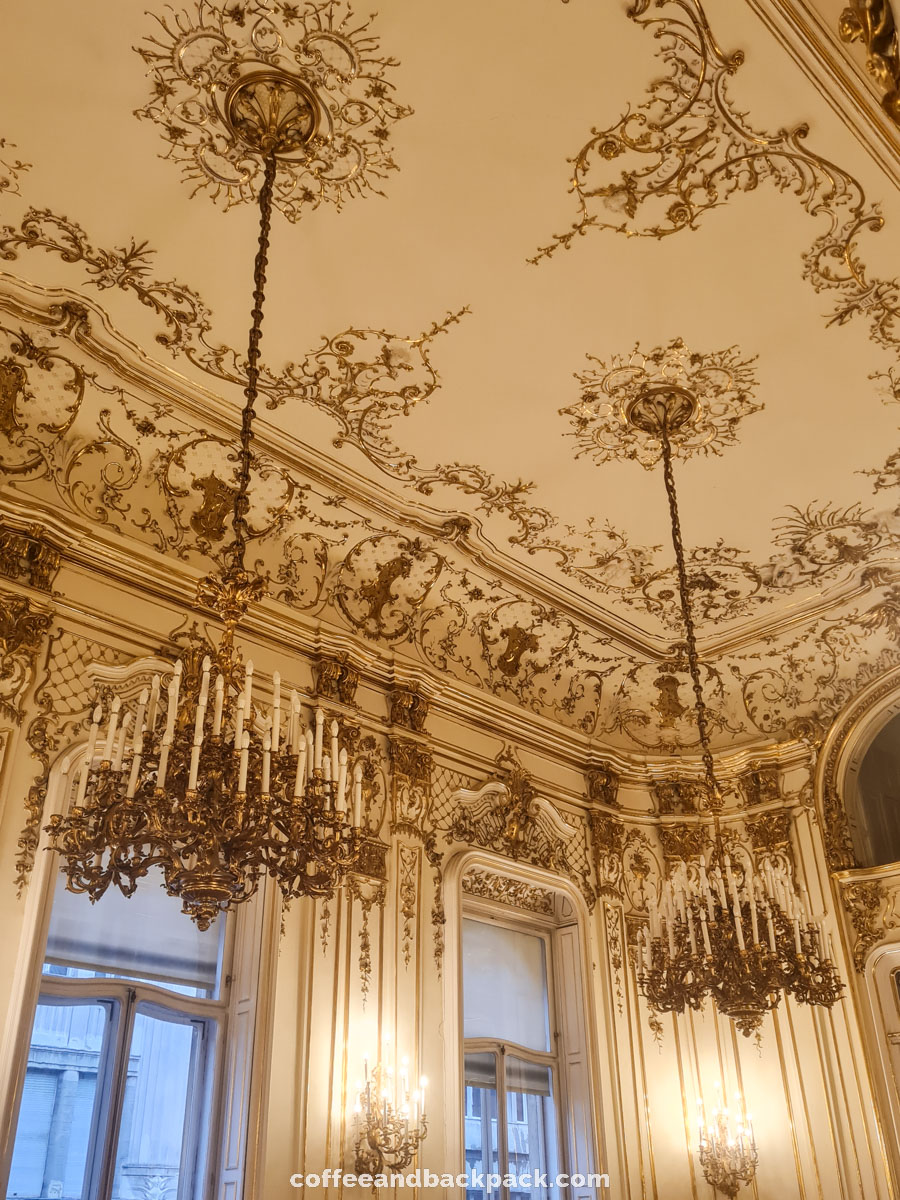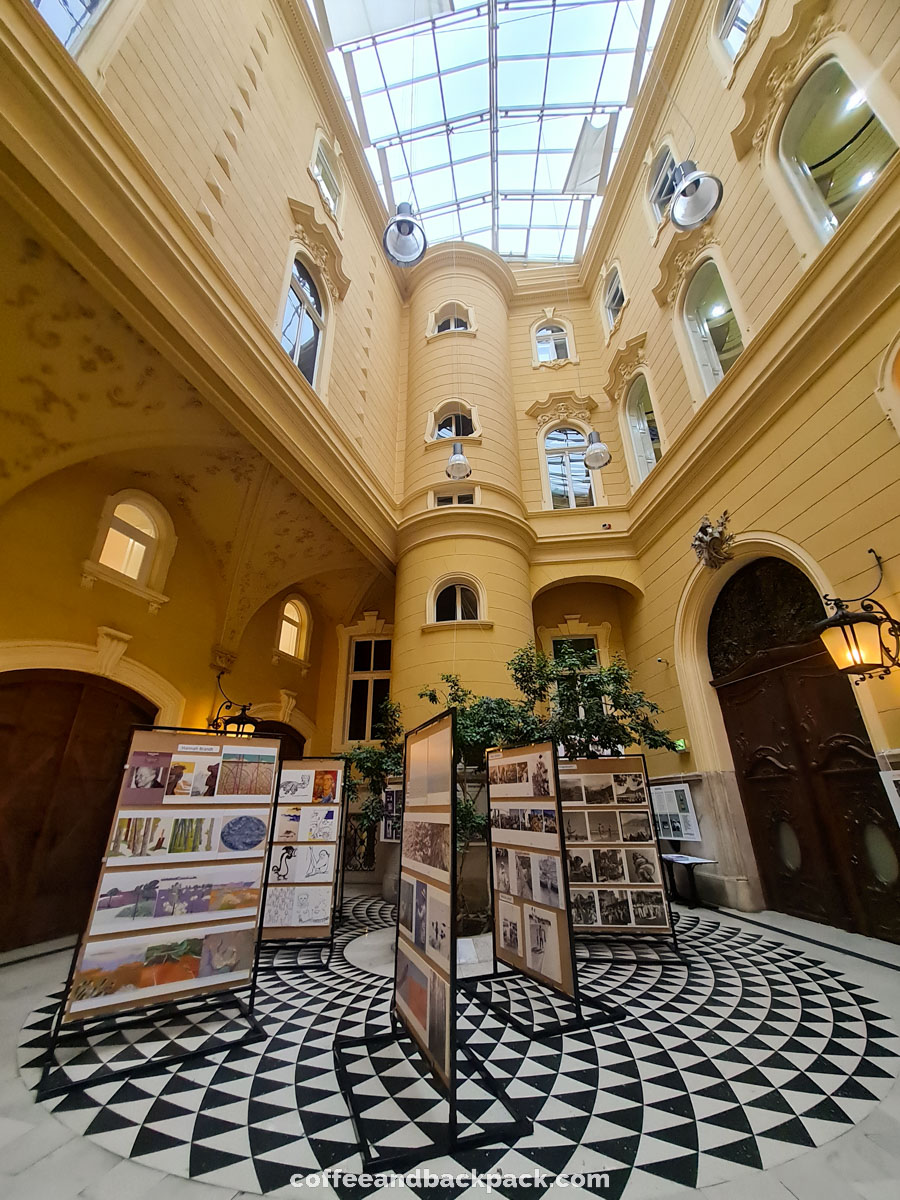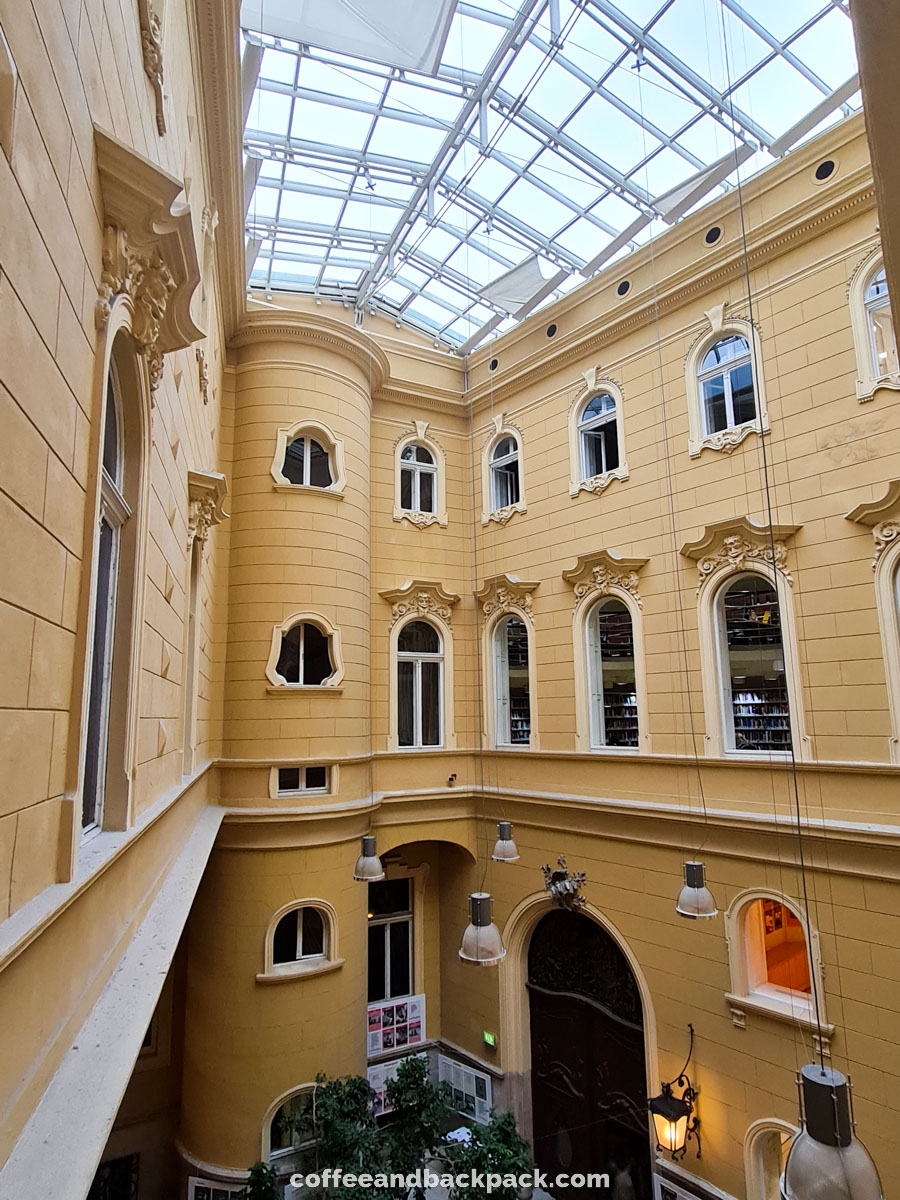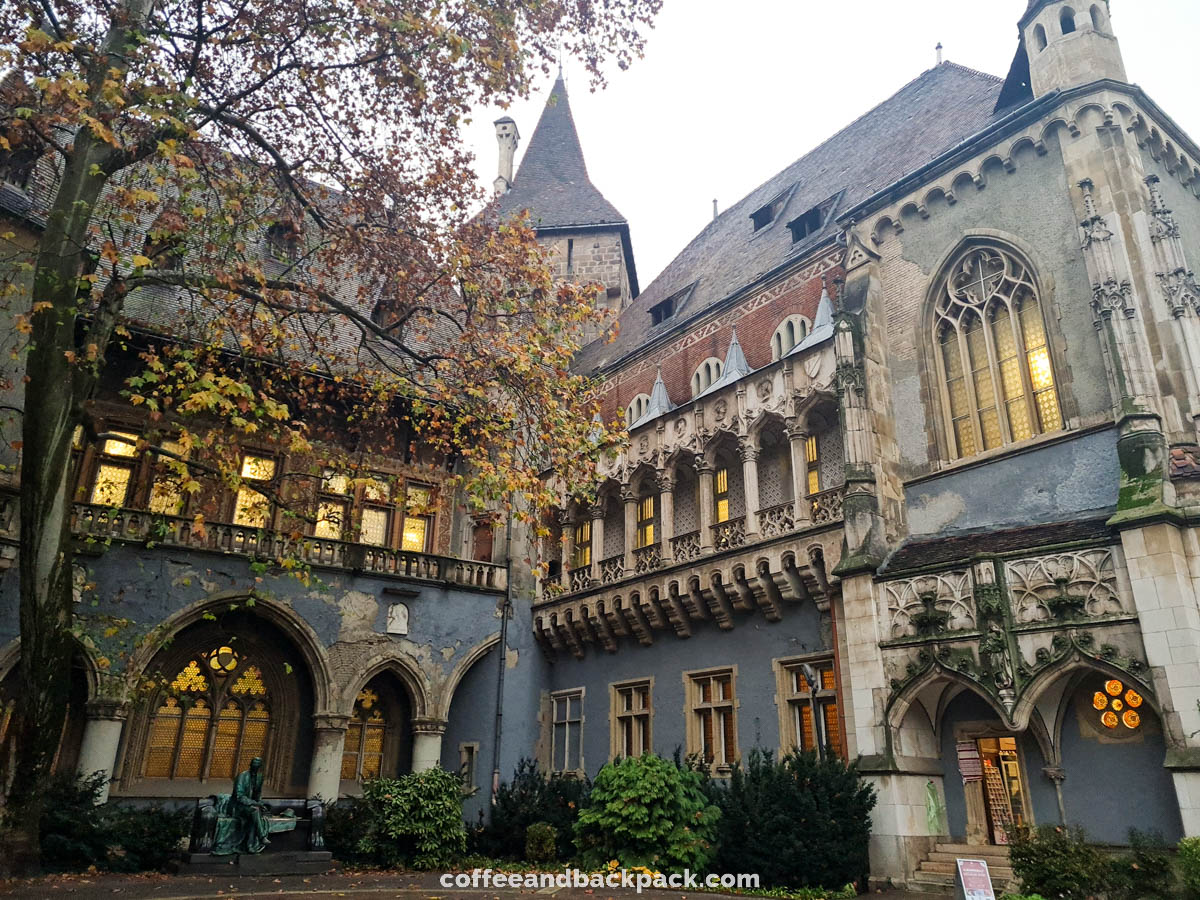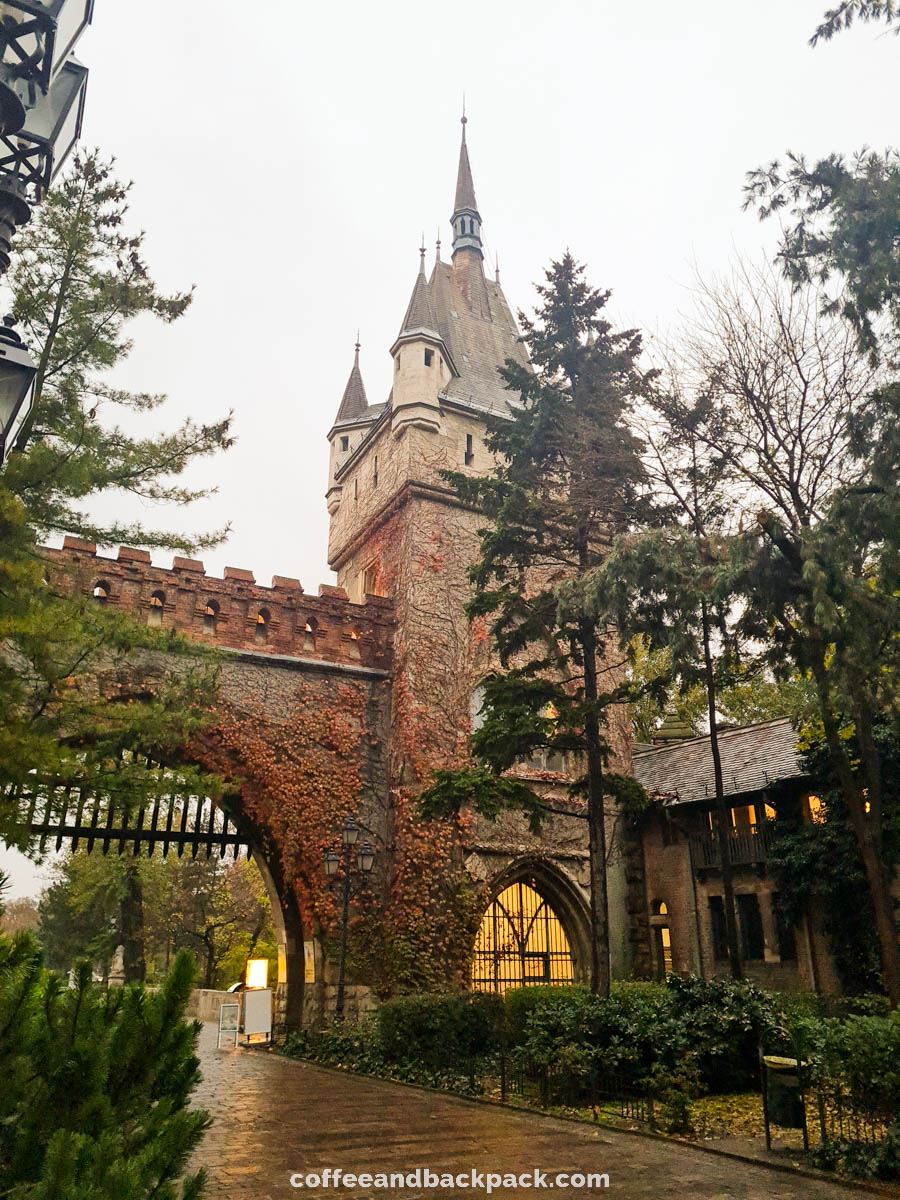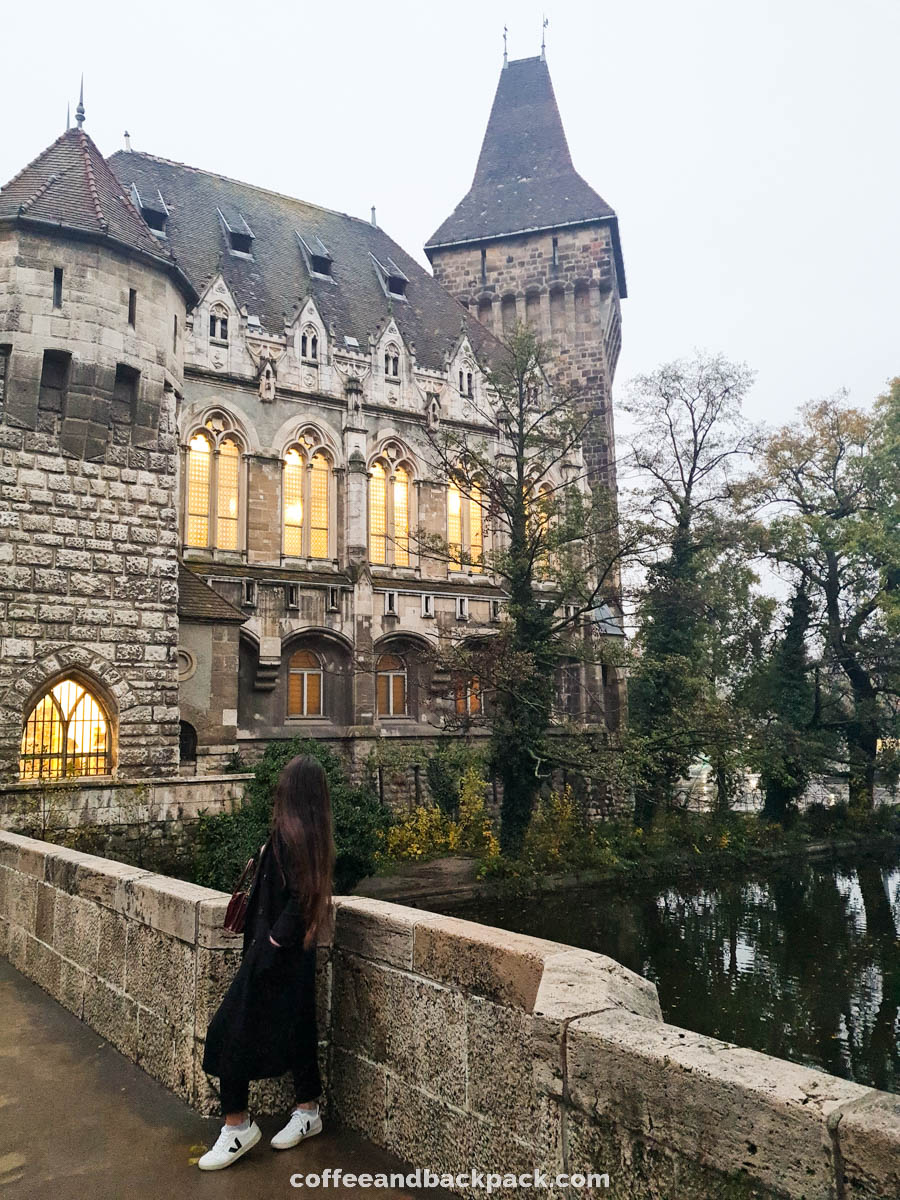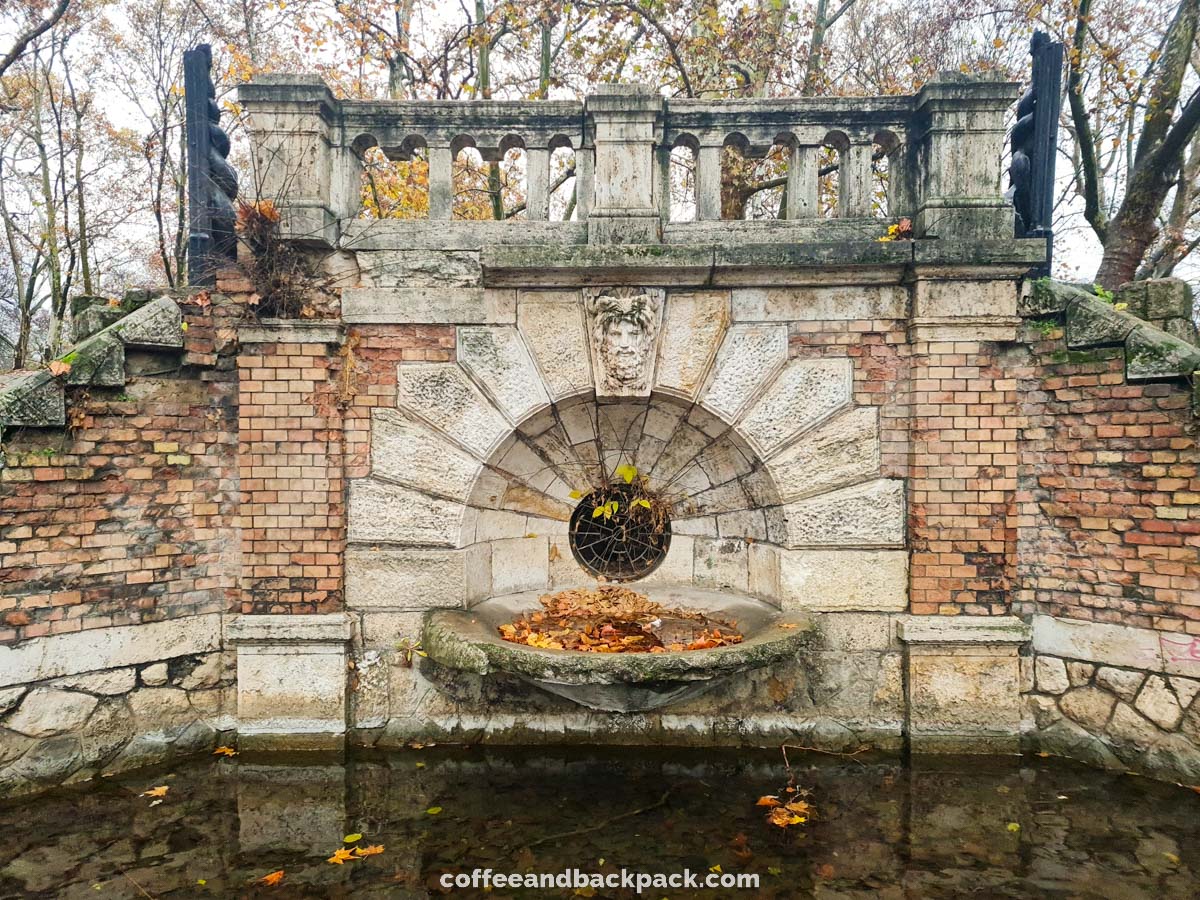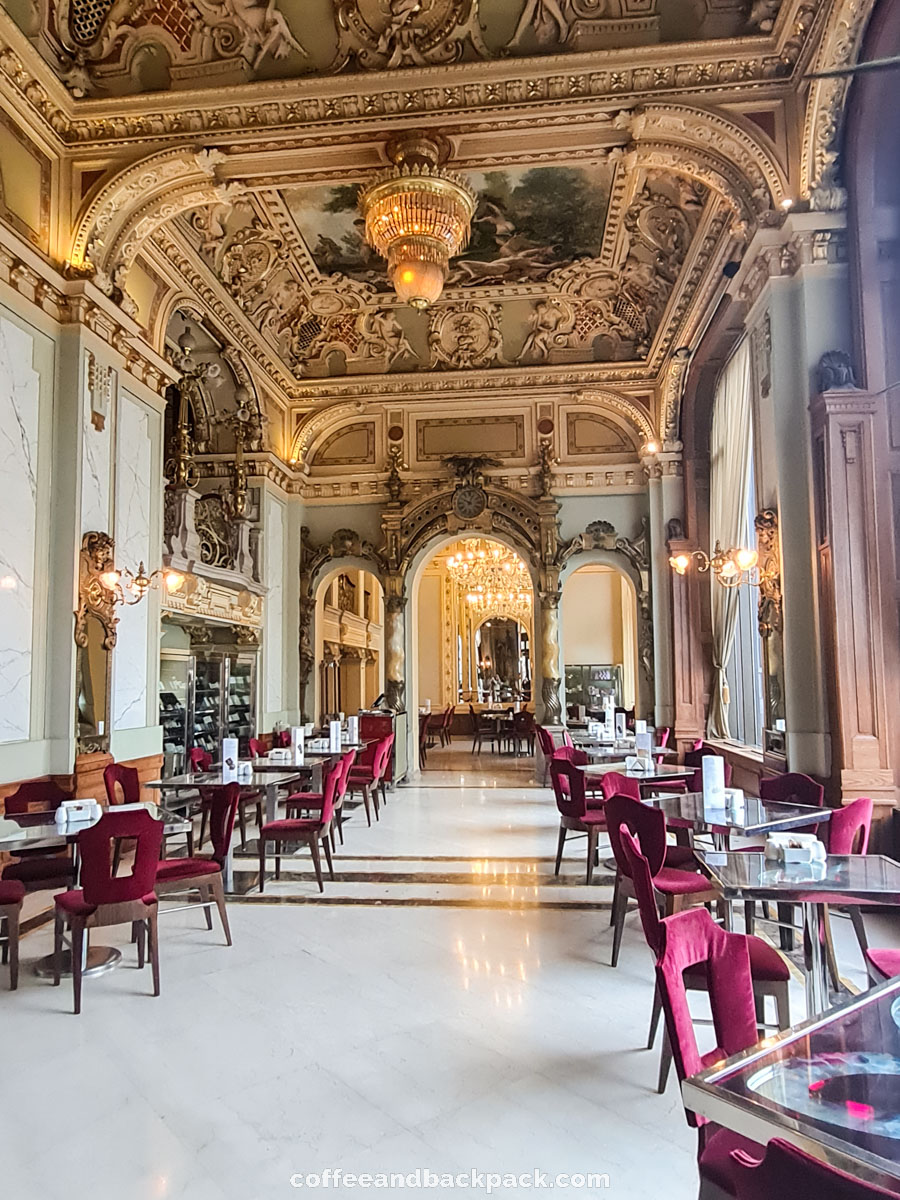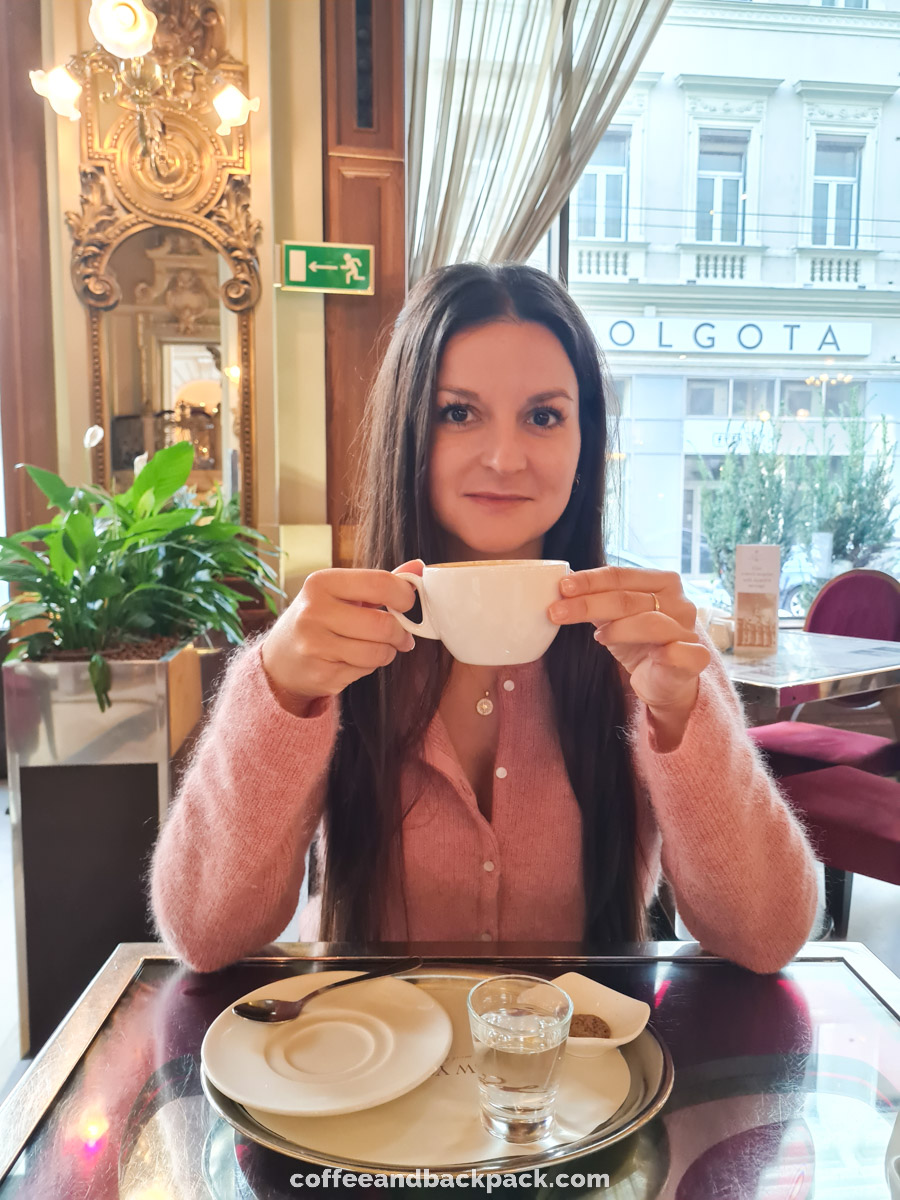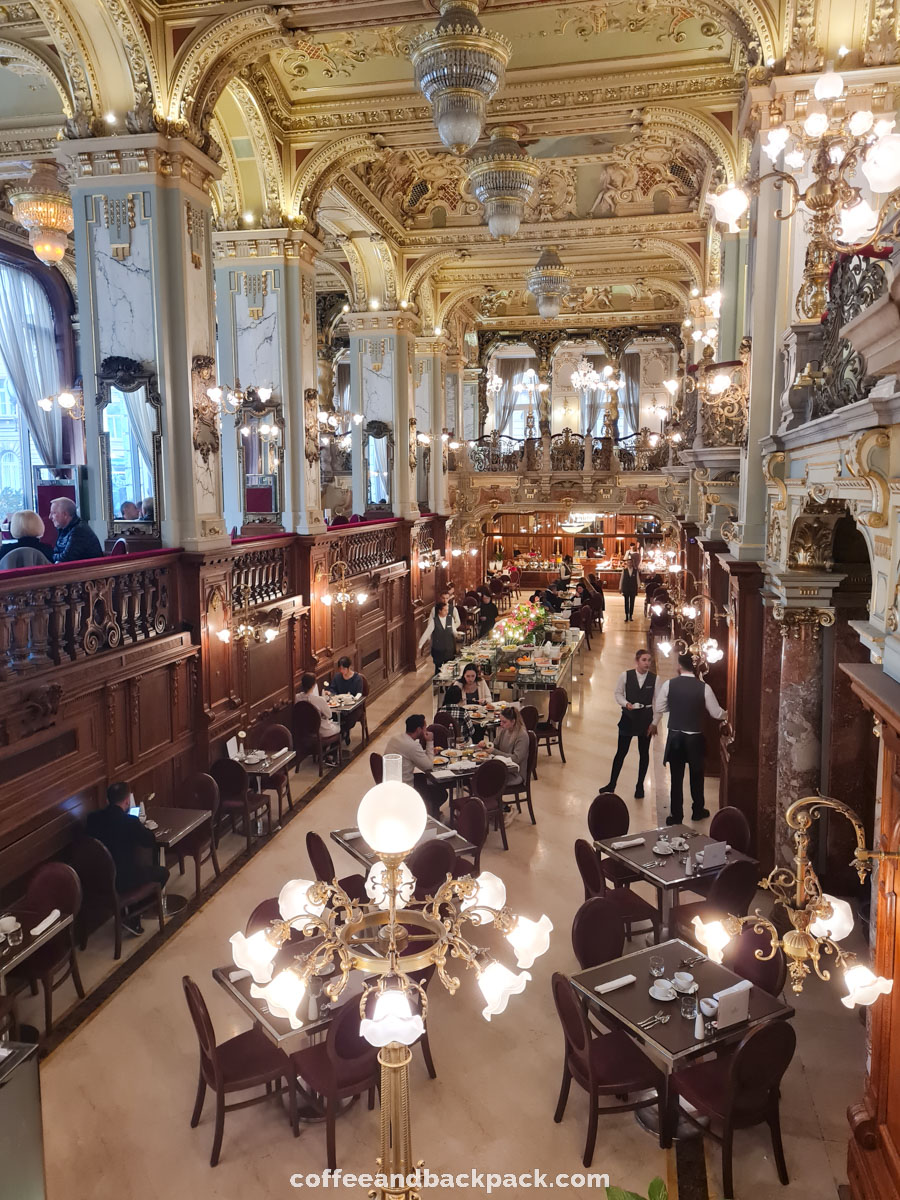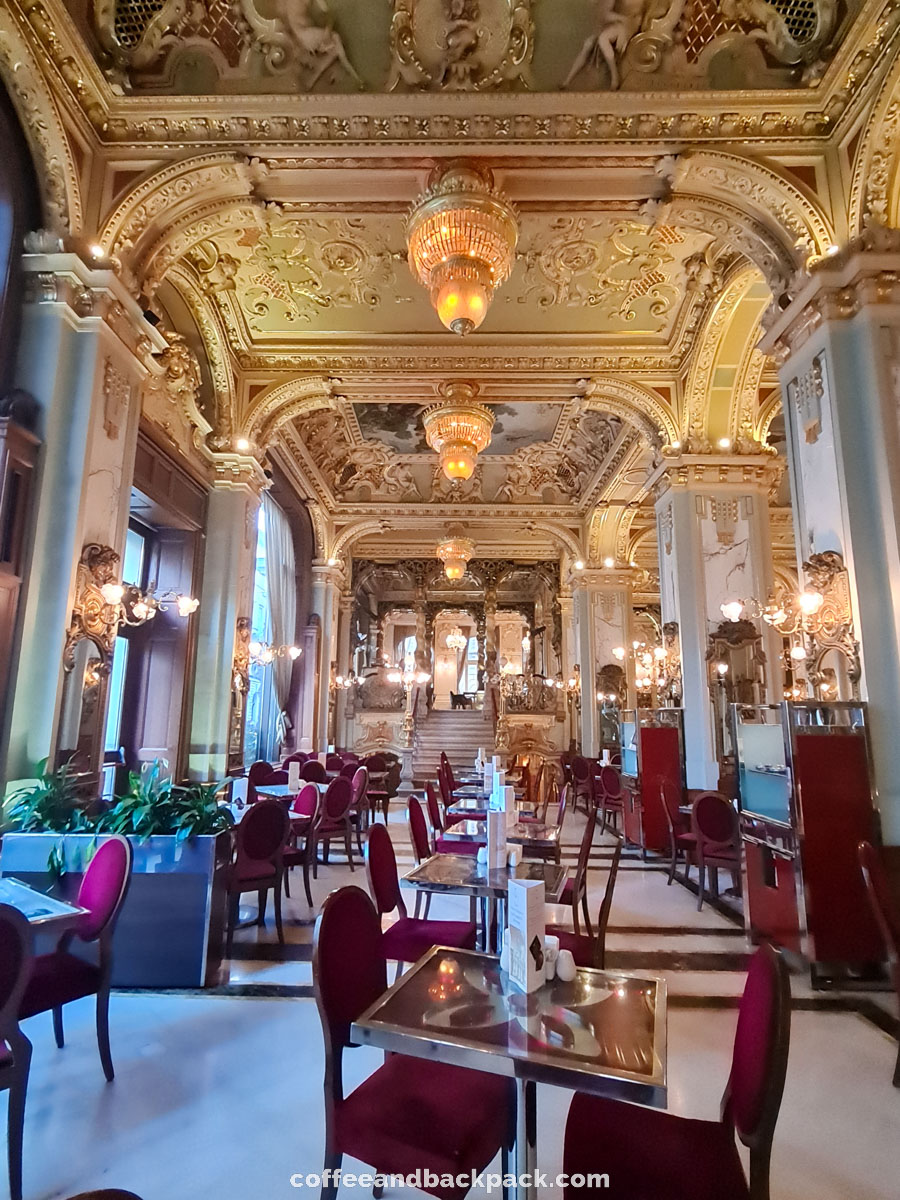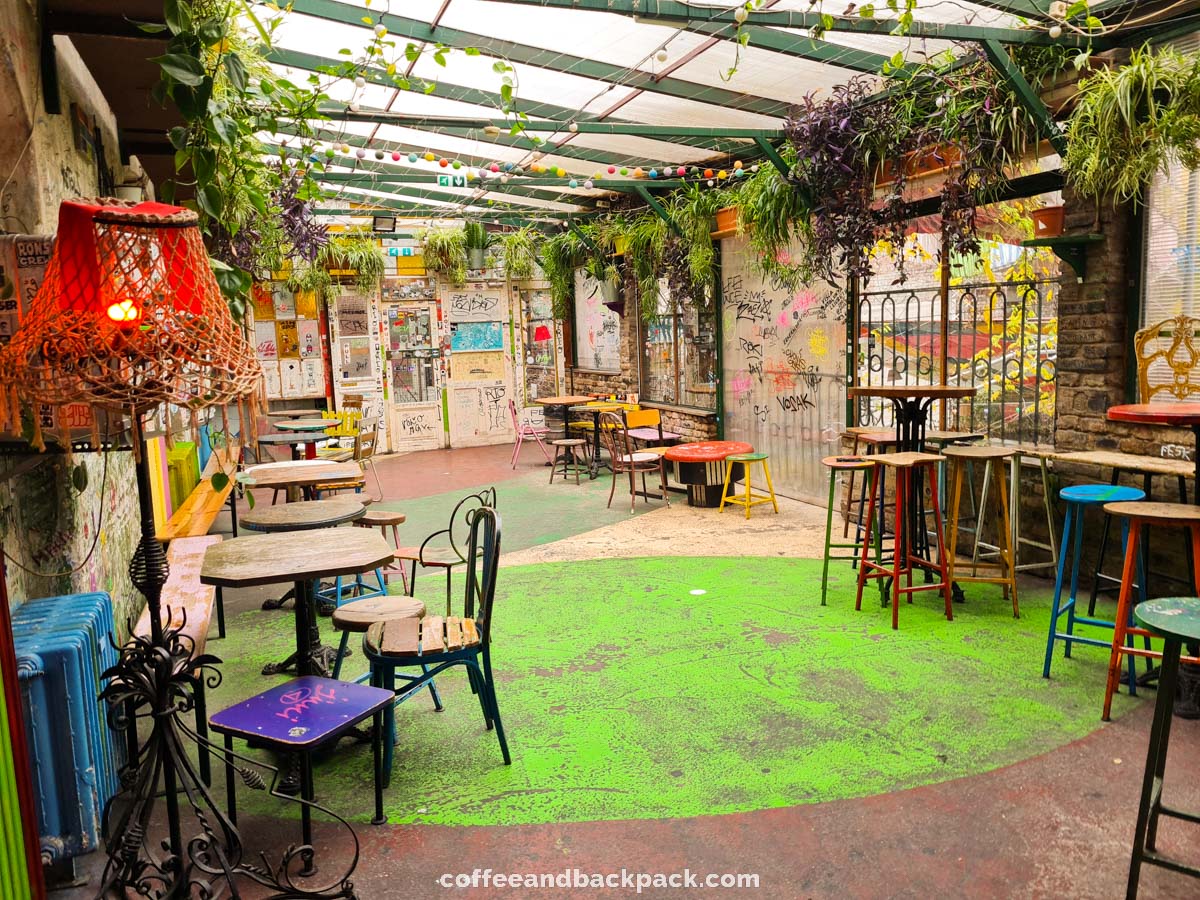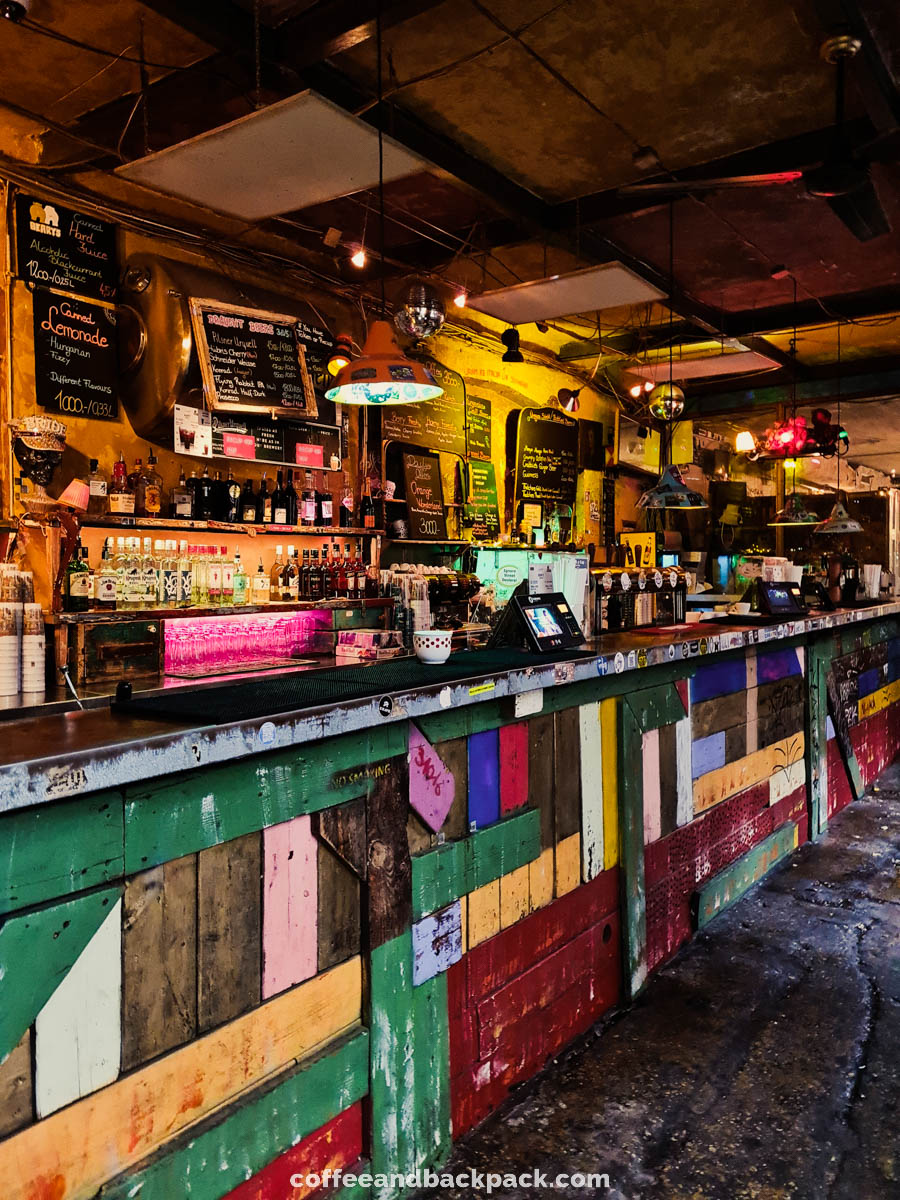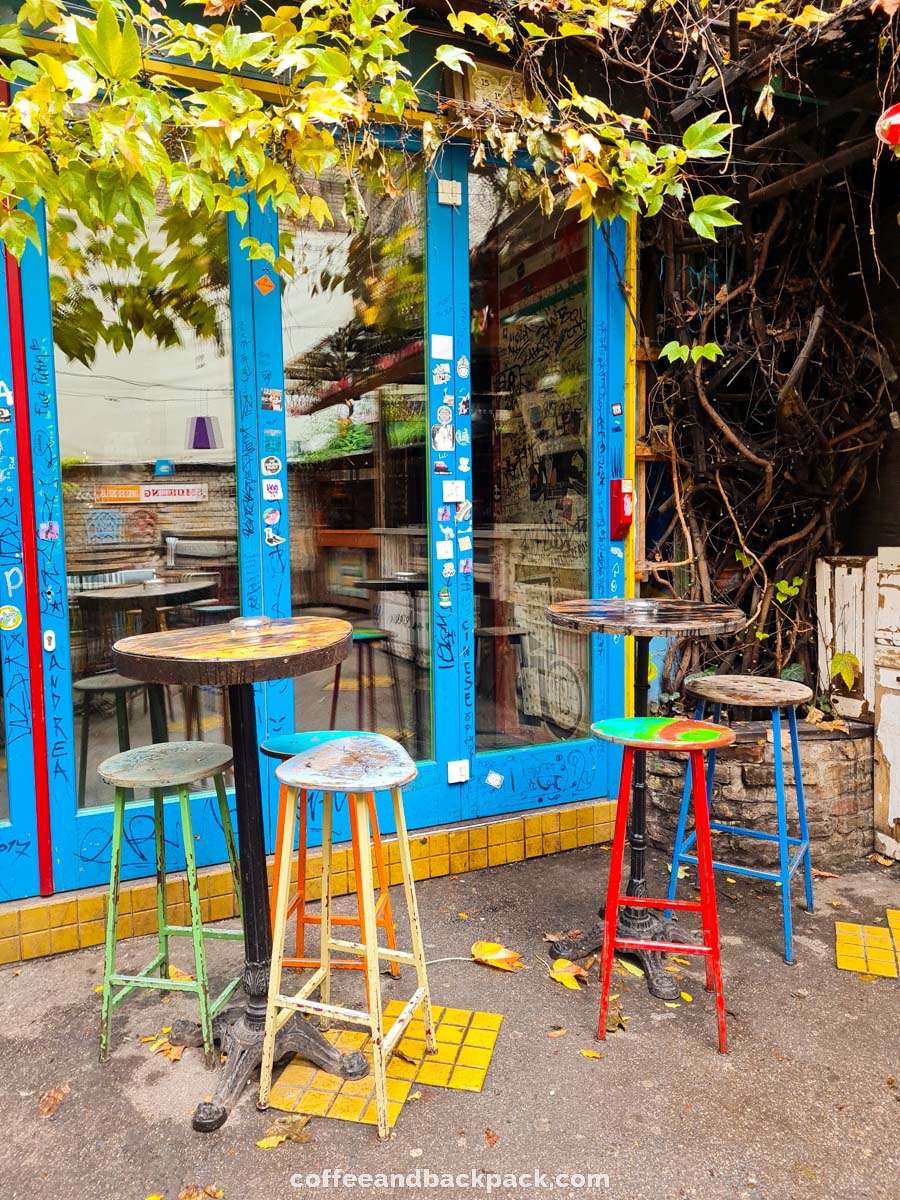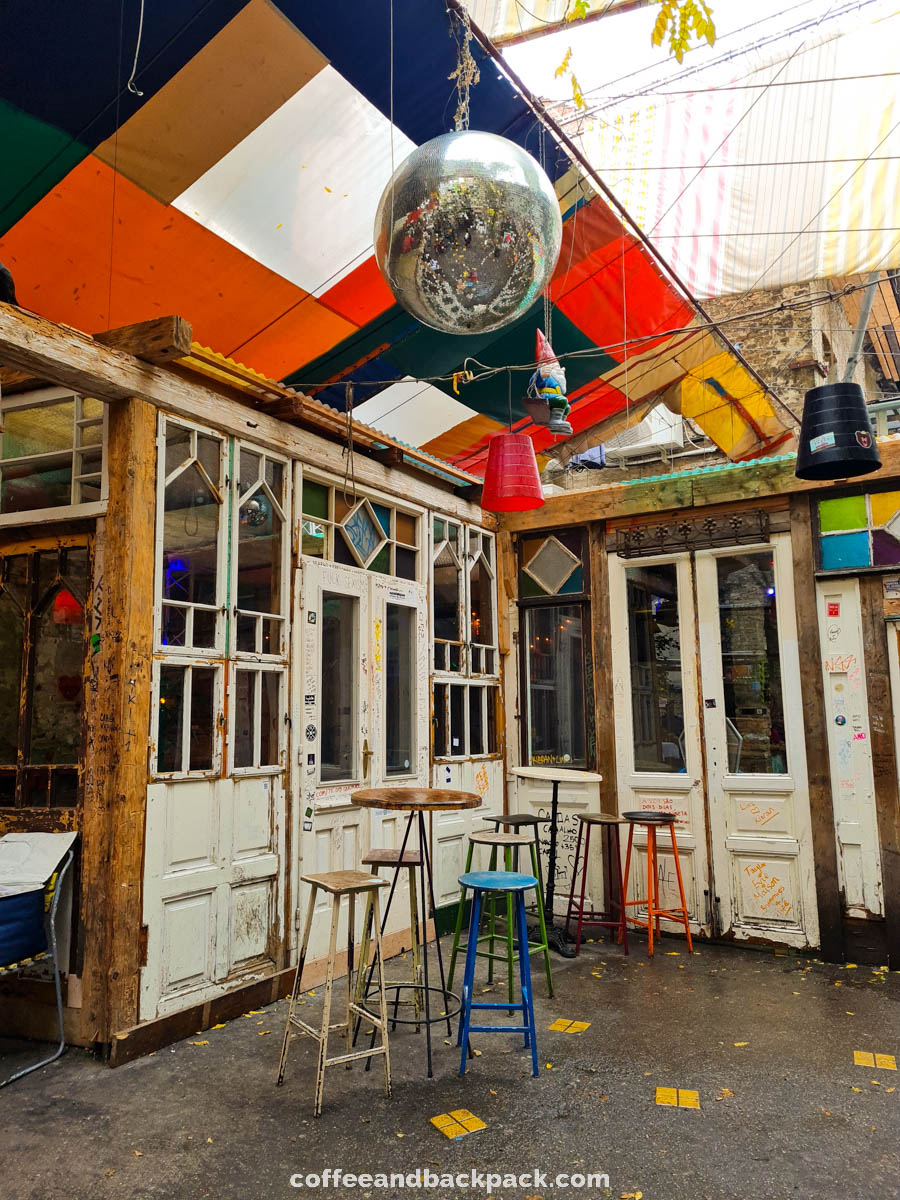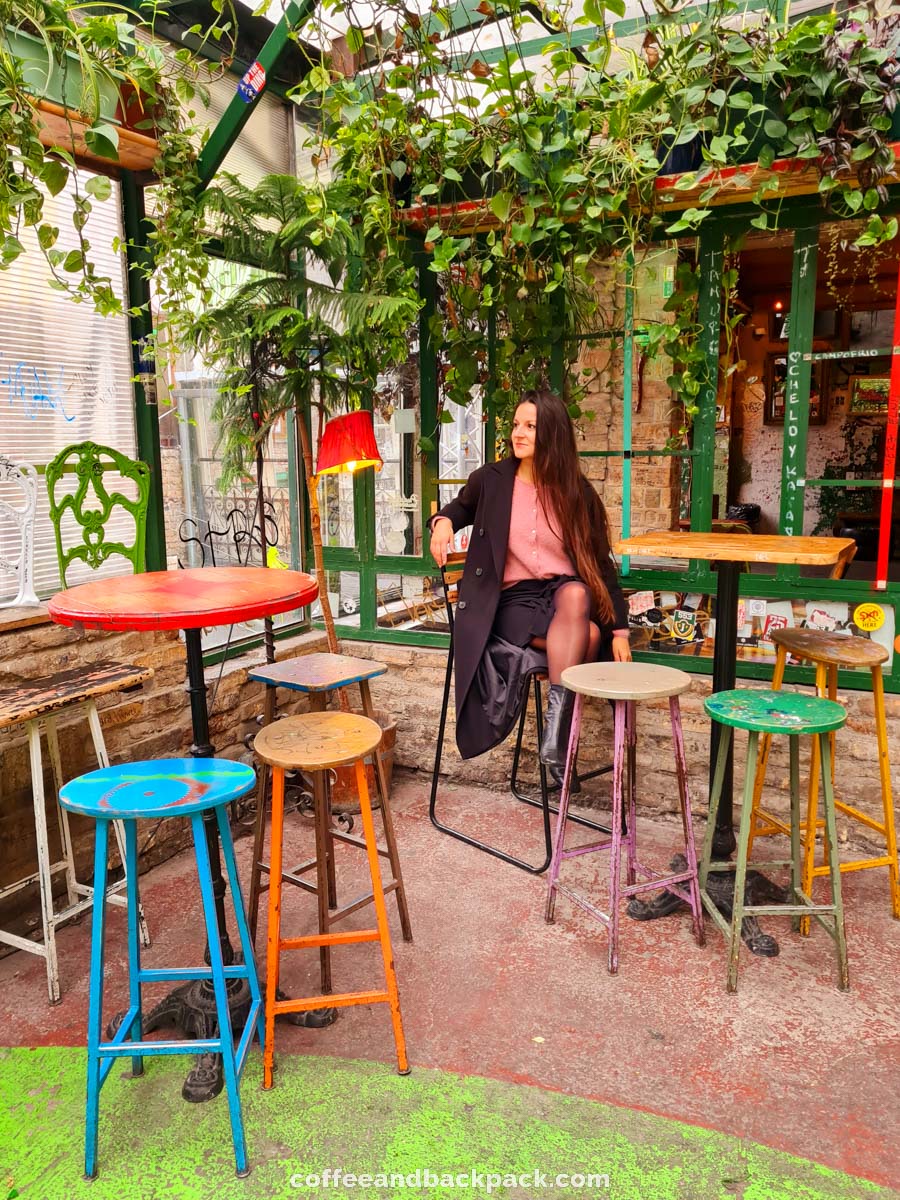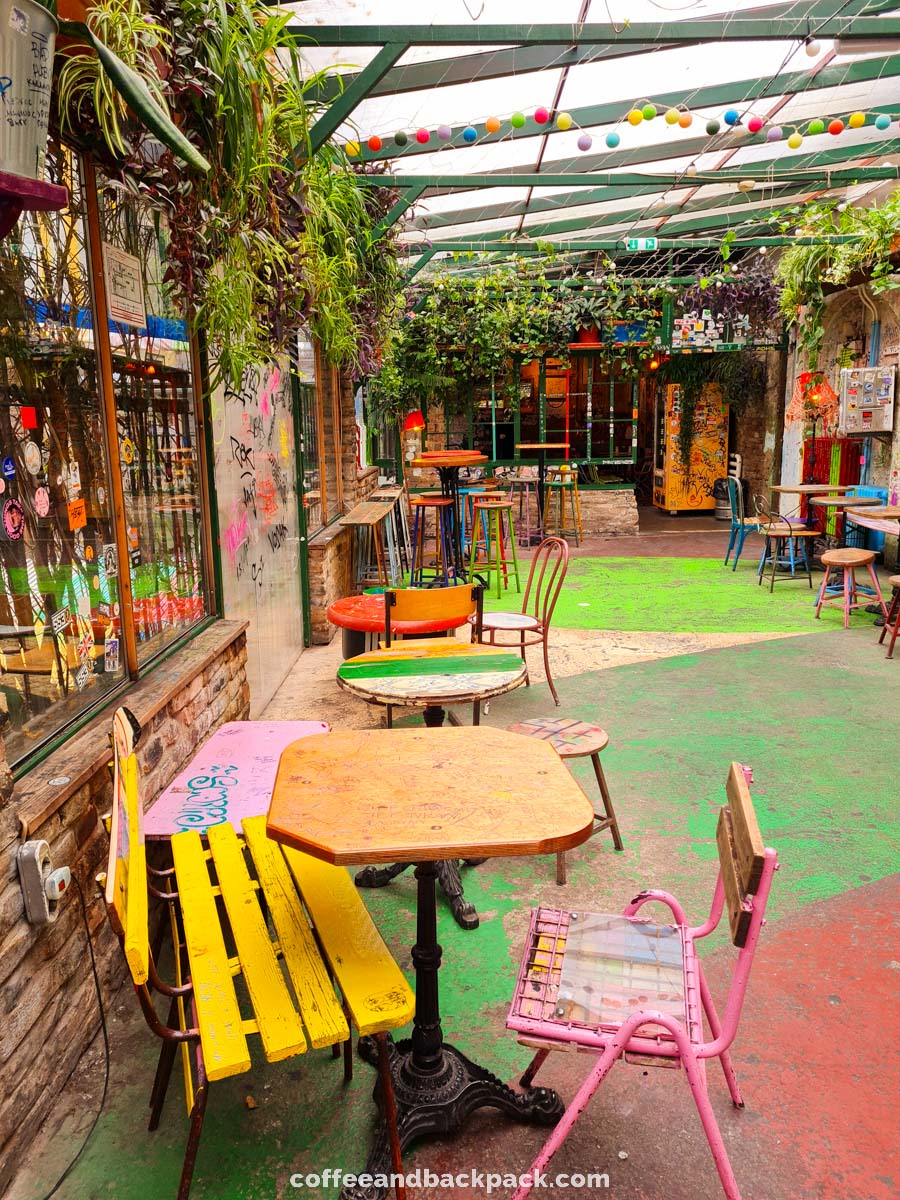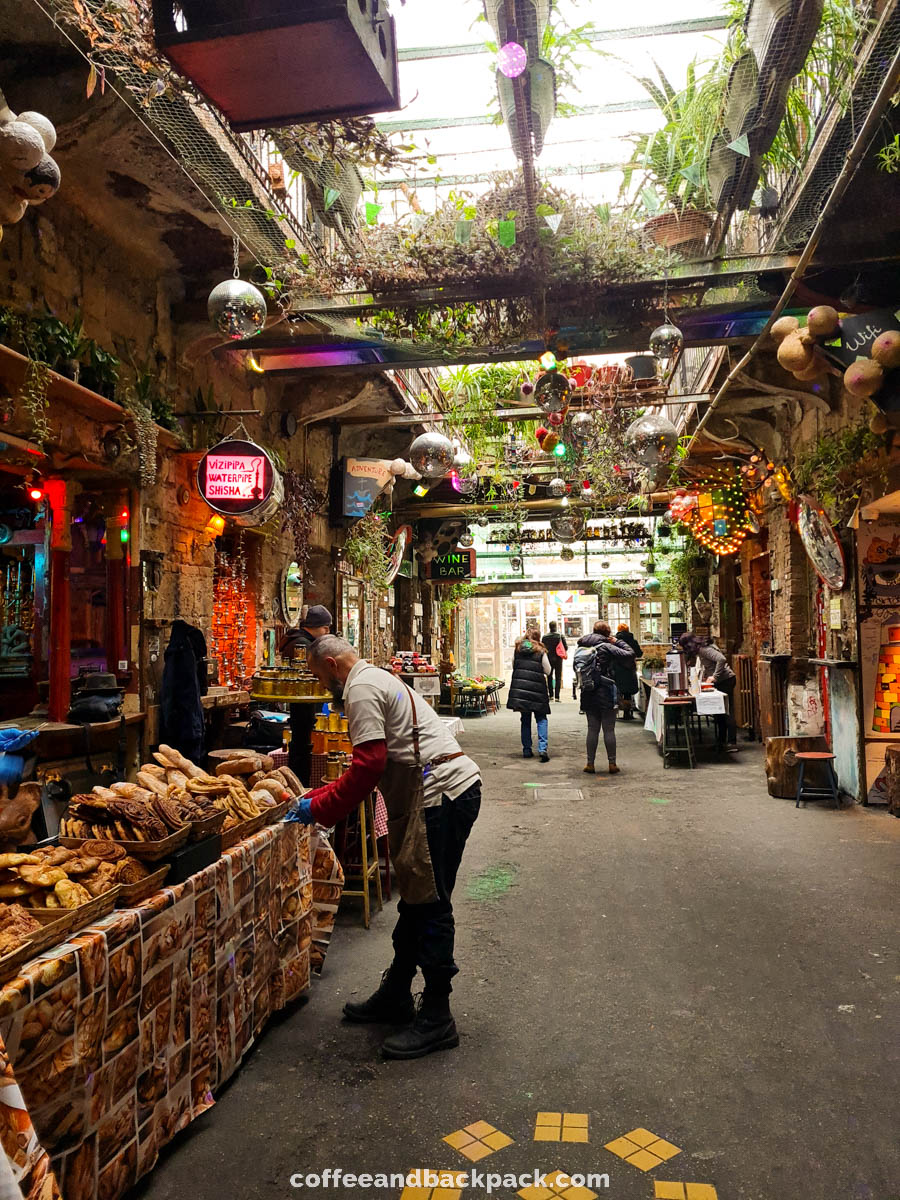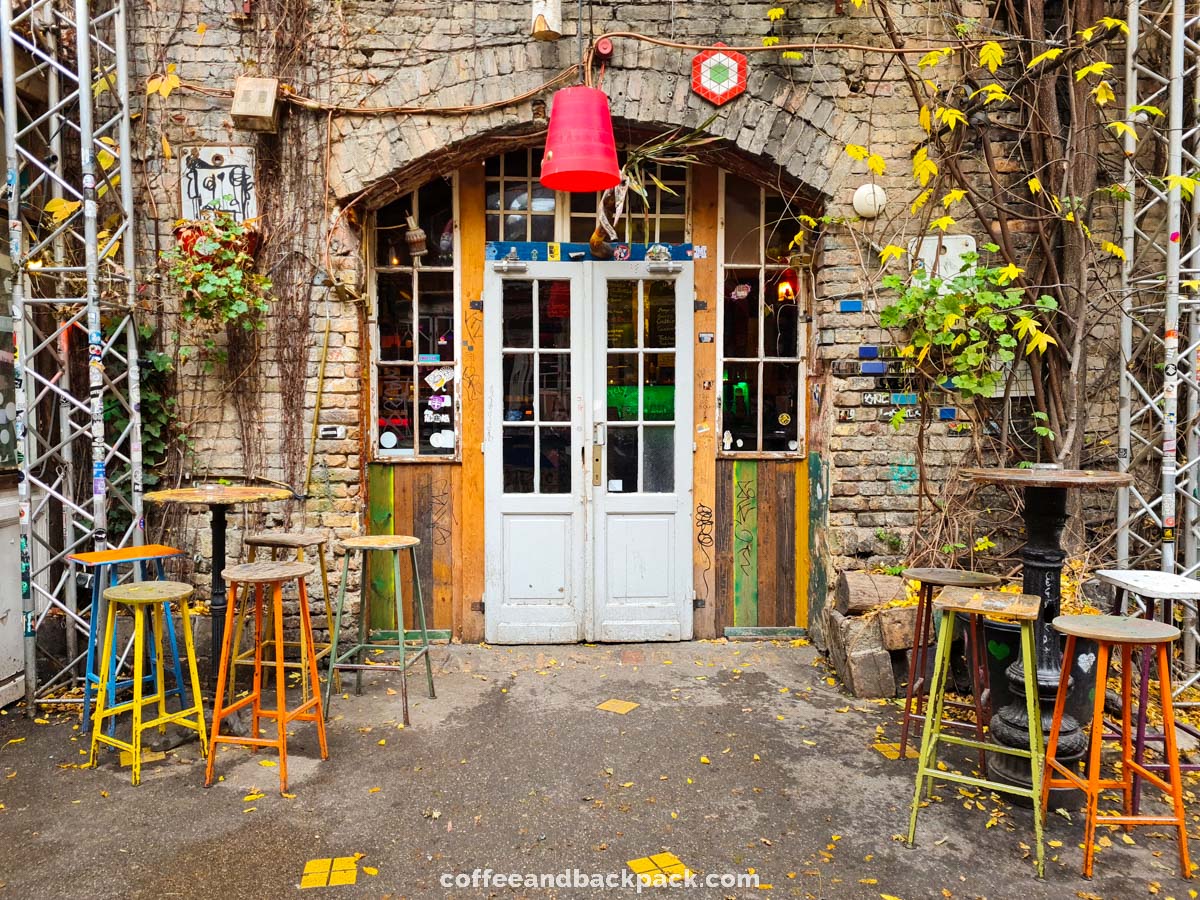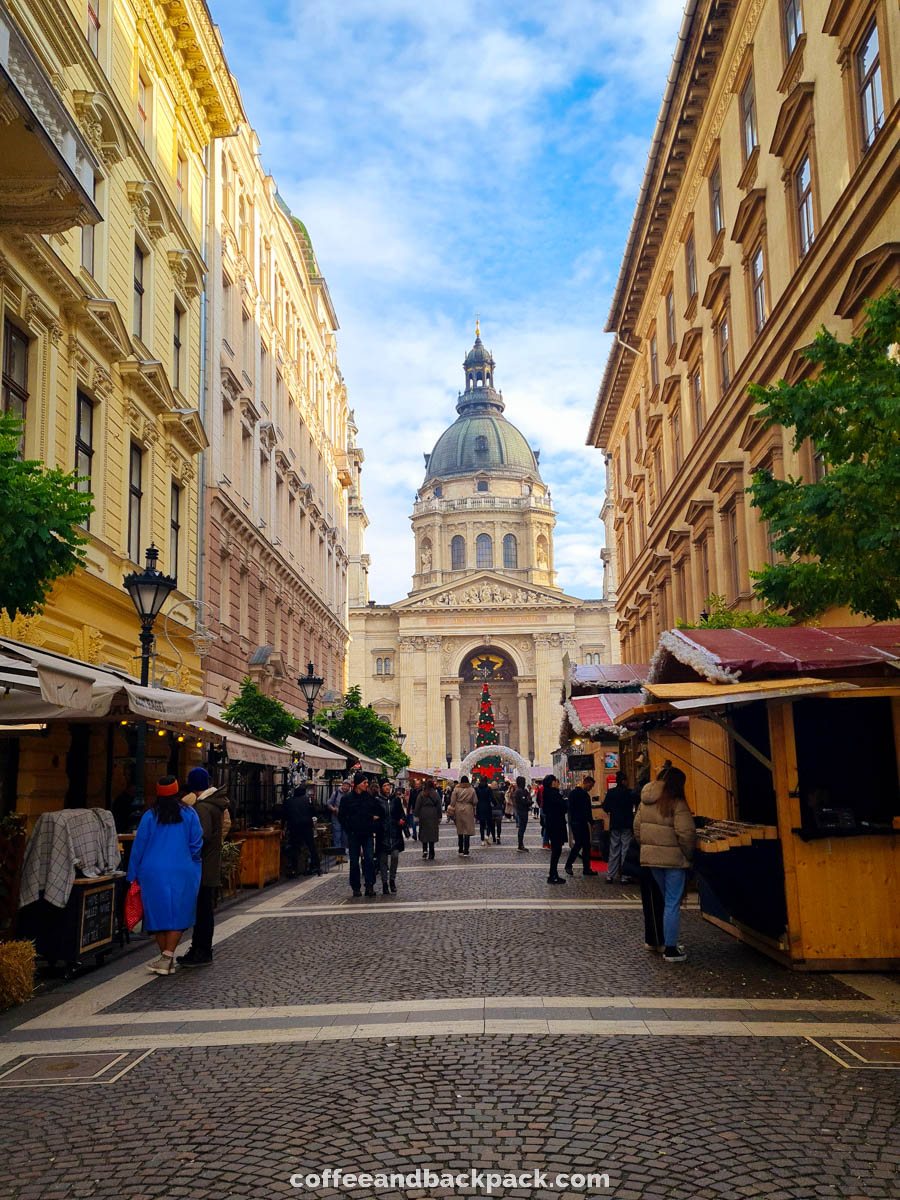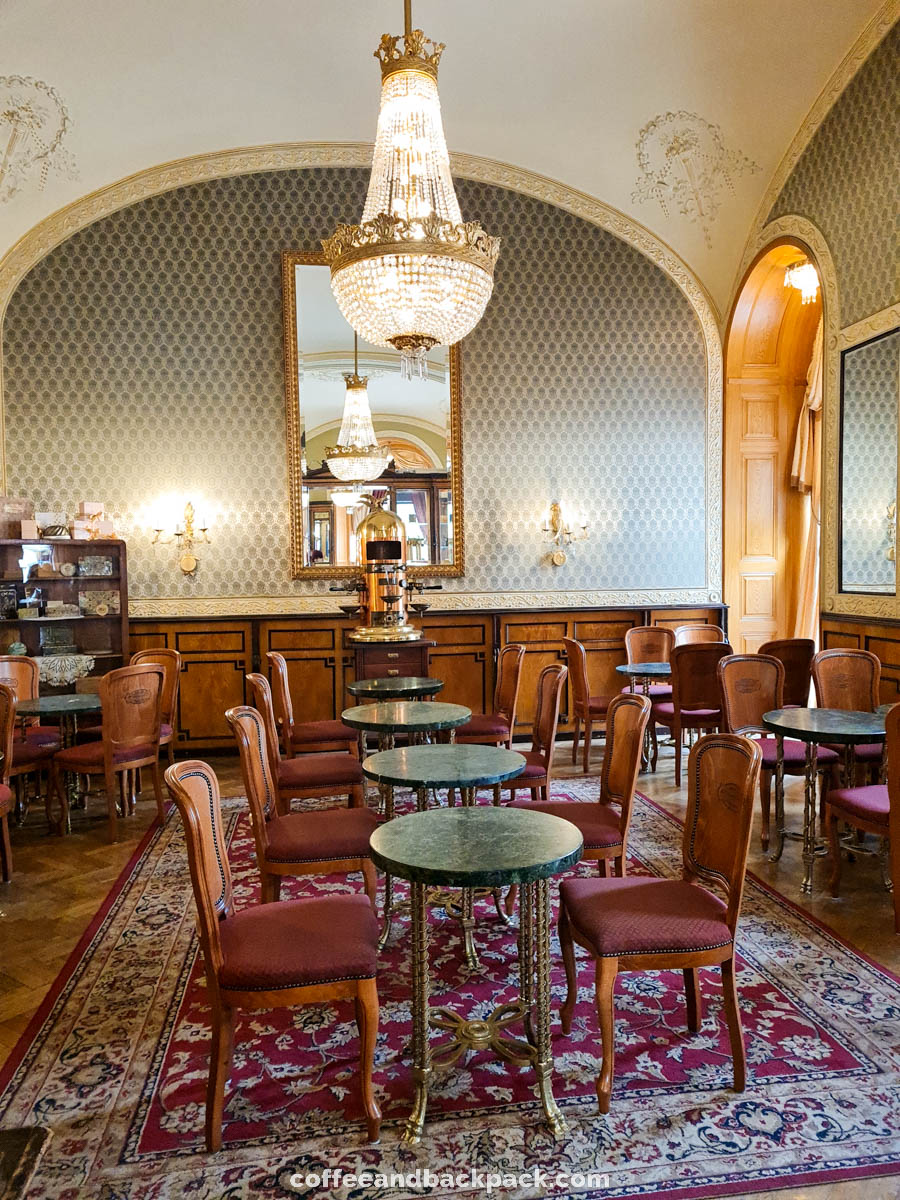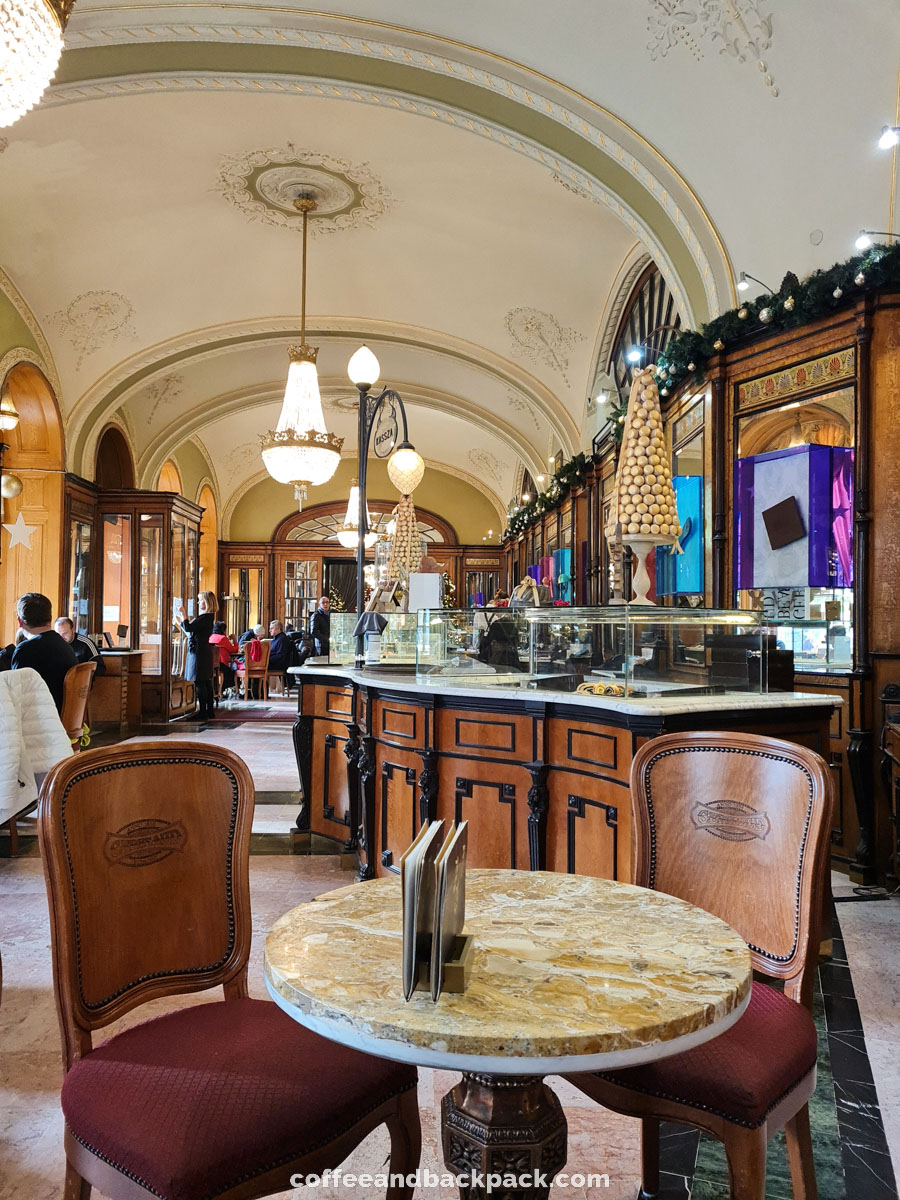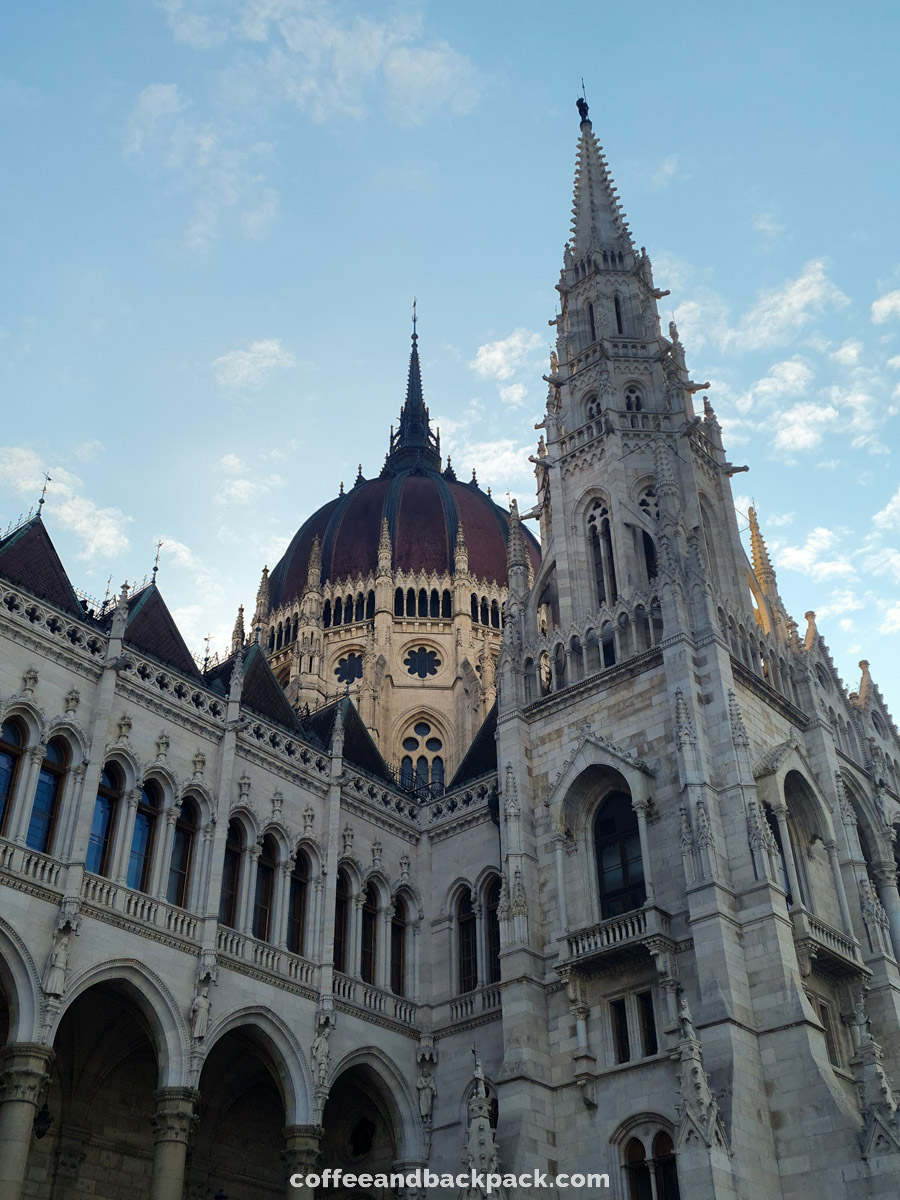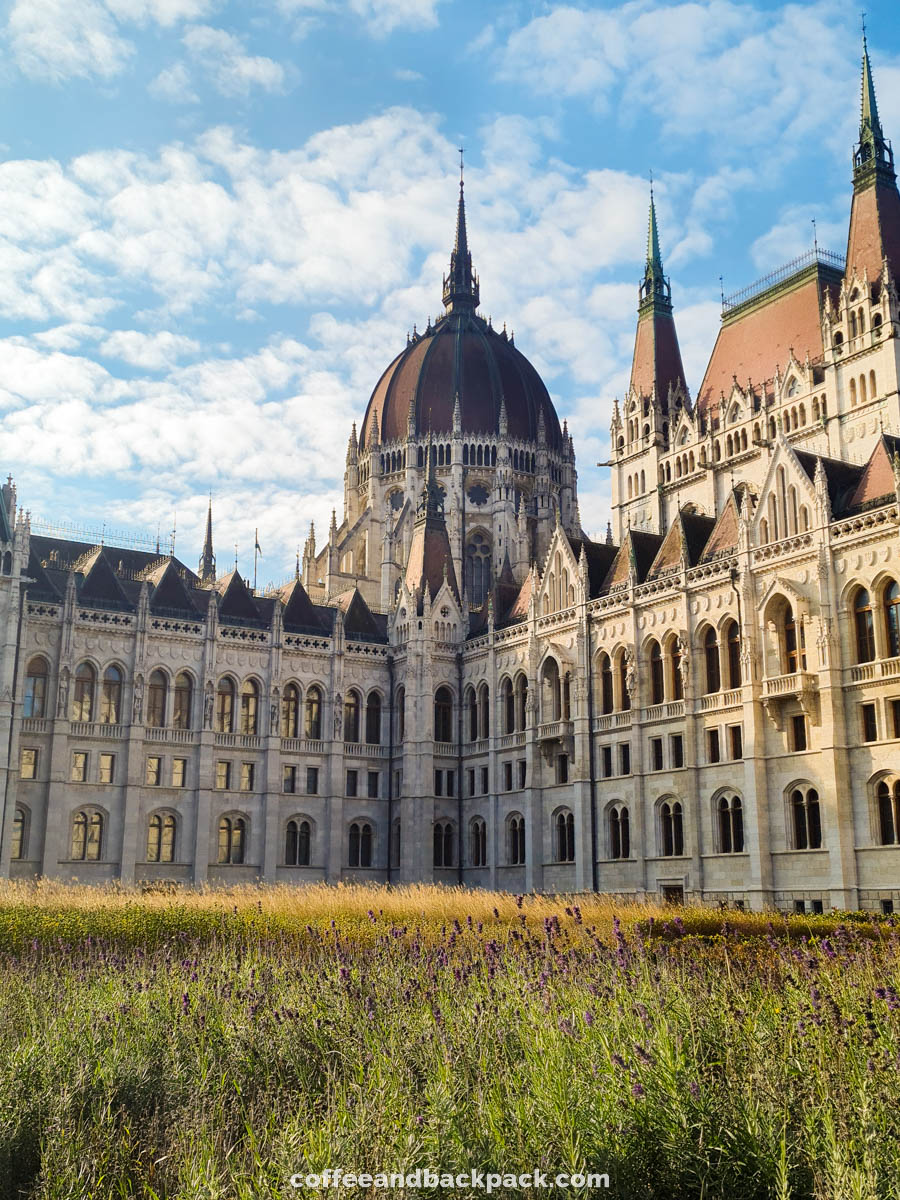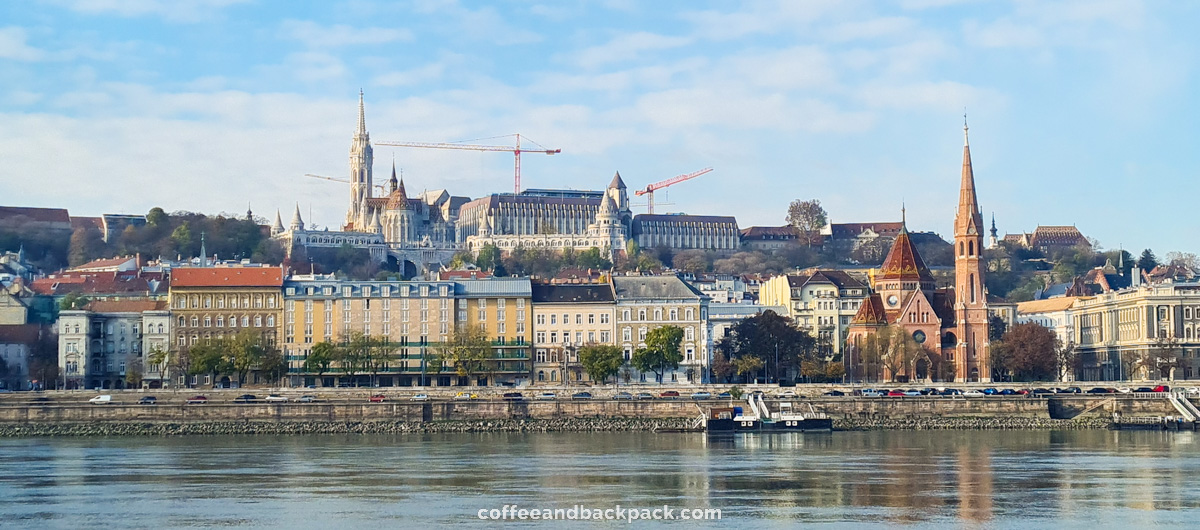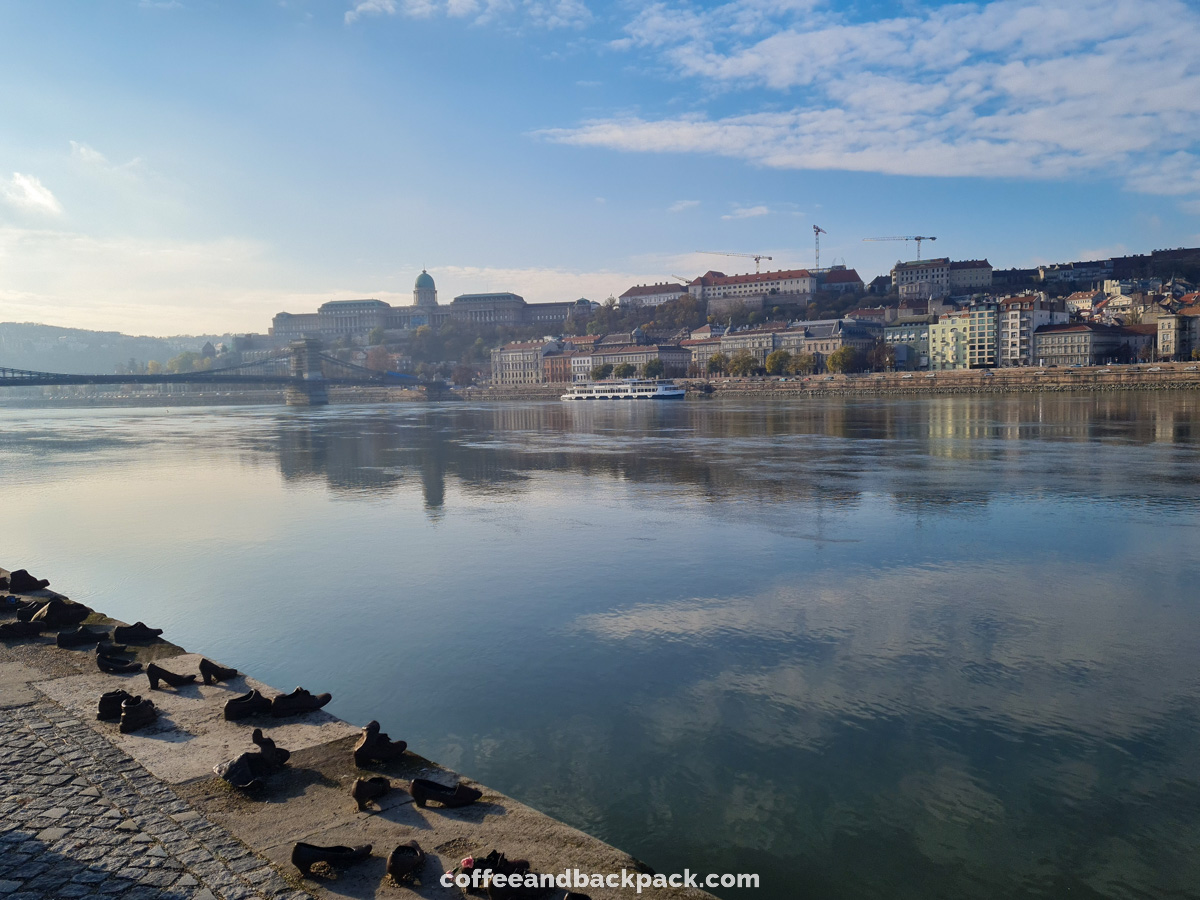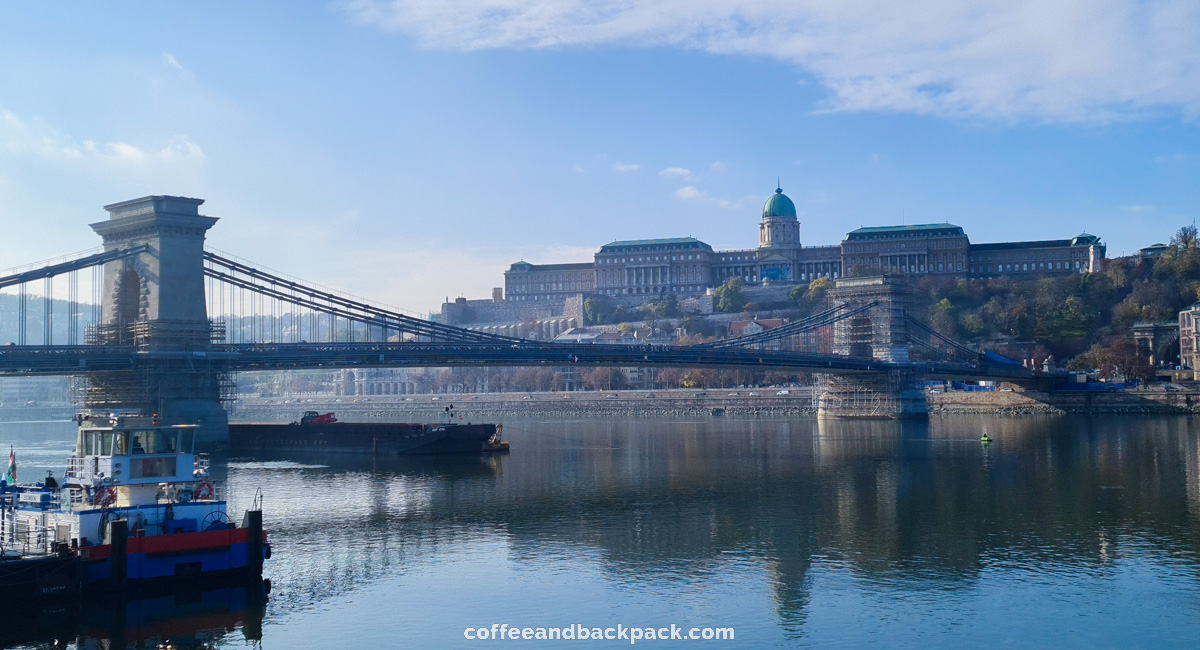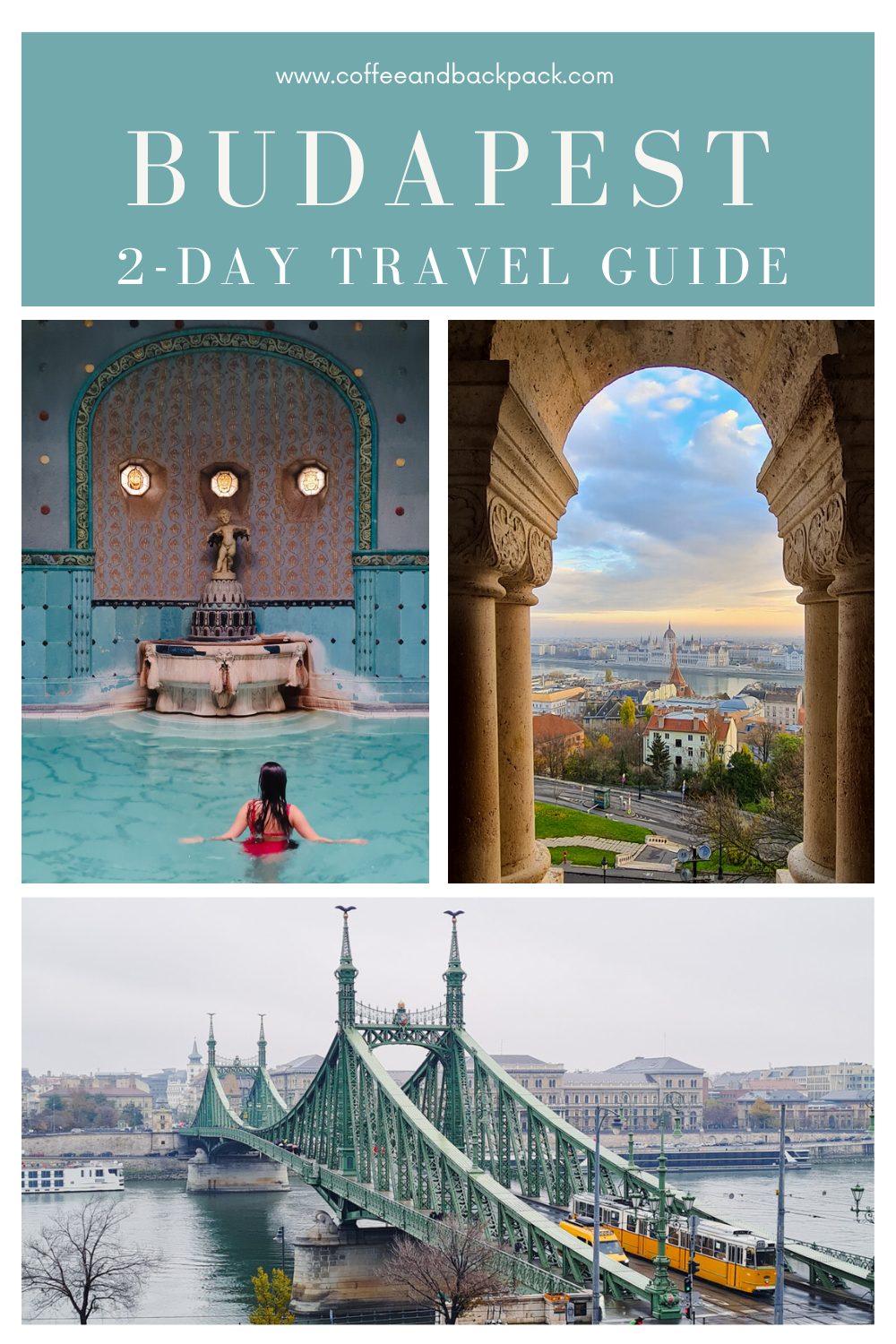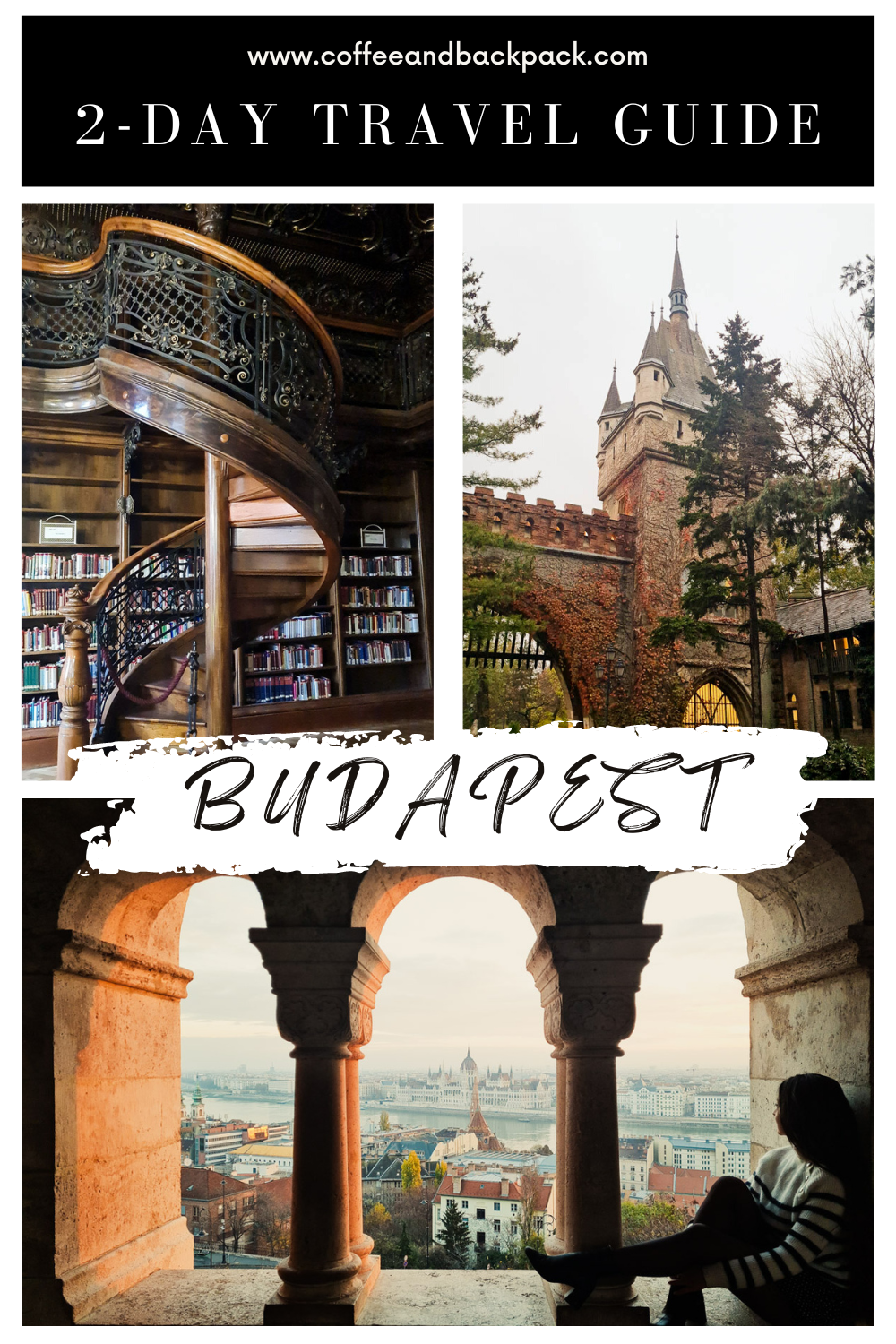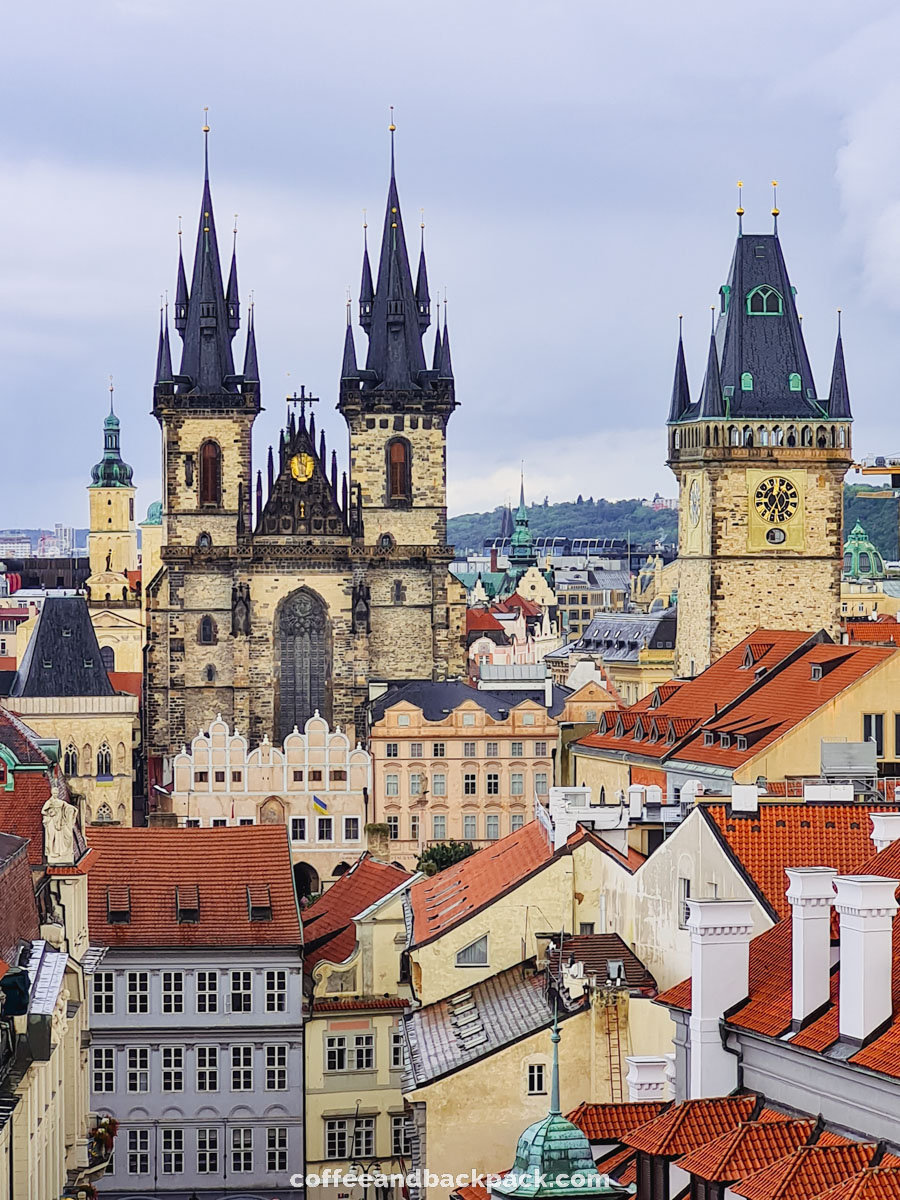If you are considering visiting an Eastern European country for the first time, Budapest might just be the perfect place to start. Beautiful architecture, the world's most beautiful cafés, vibrant nightlife, thermal baths and delicious food… There is something for everyone in Budapest.
For me, Budapest is a city full of contradictions, which only makes it more unique.
A country steeped in history, with such a young democracy. Harsh winters, but a vibrant nightlife and regenerating thermal waters. Trendy bars in abandoned buildings, but also the most beautiful cafés in the world, only a few streets apart from one another.
Through this two-day travel guide, you will discover the Hungarian capital through its most beautiful buildings such as the parliament or the Fisherman's Bastion, its famous 'Ruin bars', its incredible natural resources such as thermal waters, the Danube river and the Gellert hill, but also its gastronomy and the joyful art of enjoying a warm cup of coffee in the most sumptuous cafés. Bon voyage!
Good to know before visiting Budapest
Budapest is easily accessible by air from all major European cities. From France, you can fly to Budapest from Paris and Lyon. We went to Budapest by direct flight from Dublin. The city is also accessible by train, making it a popular destination for anyone using the famous interrail pass.
The cost of living in Hungary remains very affordable compared to other European countries. For example, you can dine in a good restaurant for just 13 euros per person, with a starter + main course + dessert and a glass of wine.
Budget-wise, we flew to Budapest for 120 euros round trip. We stayed there for a week. The accommodation cost us 100 euros per person for 7 nights. So a total budget of 160 euros per person for 1 full week in Budapest.
For this trip, we chose to stay in the Erzsébetváros district (7th district), not far from the Astoria metro station. We rented a large studio which ended up being way cheaper than booking a hotel. We can only recommend staying in Erzsébetváros for a trip to Budapest so you can be close to the nightlife and great cafés like the New York café.
Getting around Budapest is pleasantly simple. Bus, metro, tram...there's always a public transport close by, no matter where you are in the city. It's possible to walk around the city to discover it, however, don't hesitate to use public transport. Not only are they very affordable, but they'll save you precious time if you visit Budapest in autumn/winter, and only have a few hours to enjoy the city before nightfall.
And on top of that, Budapest is home to the most beautiful and oldest metro stations in Europe. Find out more in this article!
Don't even think about using Budapest public transport without paying. Controllers don't wear uniforms and can sit incognito with you on a metro train, looking like a random passenger, then get up and check everyone's tickets unexpectedly. Sneaky but effective!
Day 1 - Fisherman's Bastion, Gellert hill & Vajdahunyad Castle
This first day in Budapest starts with one of the city's most majestic buildings, the Fisherman's Bastion.
The Bastion is accessible by bus or metro. I recommend going there with the metro and to get off at Batthyány station. As you leave the station, you'll be right in front of the Hungarian Parliament, on the opposite bank of the Danube. An incredible view to start the day.
The Fisherman’s Bastion is just a 15-minute walk away from the metro station. Note that you'll need to climb a few steps to get there.
The bastion was built at the end of the nineteenth century on the site of the former walls of Budavár Palace. This neo-Romanesque building offers a 140-meter-long, two-level walkway with what is surely the finest panoramic view of Budapest. The bastion has 7 towers representing the 7 founders of Hungary.
The Fisherman’s bastion is very busy all year round. I can only recommend going there at sunrise. It is the perfect place to watch the city's rooftops light up as the sun goes up.
From the Bastion, you can't miss St. Matthias Church, with its colorful roof reminiscent of St. Stephen's Cathedral in Vienna. Admission costs around 5 euros, and yes, it's worth it to visit the interior of this church which is entirely painted.
Stroll along the cobblestone streets around the cathedral, where you'll find colorful souvenir shops and restaurants, but above all a viewpoint over the city of Buda.
Fun fact - Buda means "water" in Hungarian. The city takes its name from the thermal springs that flow through it.
Continue toward Budavár Palace, which is just a few minutes' walk from the Bastion.
You are now in Budapest's castle district. Can’t see any castle around? That’s Okay! Budapest castle was destroyed a long time ago, and Budavár Palace is now built on its ruins.
From the palace, continue towards Gellert Hill and the Citadel.
Gellert Hill offers incredible views over the city. However, you'll have to climb a few steps to reach the Hungarian Statue of Liberty called the Citadel. This statue is a vestige of the Soviet era that the Hungarians have agreed to keep, as a symbol of their new-found freedom.
After walking from the bastion, and now that you are in Gellert, why not deeping yourself in the thermal water of Budapest by visiting the Gellert’s baths?
Budapest is crossed by thermal waters, hence the many public baths in the city. The most famous ones are the Szechenyi, Gellert and Rudas baths.
I personally love the Gellert baths for its Art-Nouveau style. Unlike Szechenyi, the pools are indoor and it feels like swimming inside a museum. Built at the beginning of the twentieth century, it is hard to imagine that these baths were destroyed during the Second World War, when you see how sumptuous they remain today. This is the result of a major renovation carried out in 2008.
I can only recommend going to Gellert Bath at the opening at 9AM to make the most of the place. We did so and had the baths to ourselves for a good half hour. I guarantee you that your visit to the baths won't be a relaxing one if you're there during rush hour.
Tip
The entrance to the baths costs 8200 forints, which is almost 20 euros. It includes access to a locker. There is an additional charge for renting a changing cabin close to the baths, but there are also cabins and showers near the lockers at no extra cost. Remember to bring your own towel and flip-flops. Bathing caps must be worn in the large pool only.
After a relaxing bath in thermal waters, you might feel up for a snack or a meal.
Cross Szabadság híd, the Freedom Bridge, to reach Budapest's main market.
This emblematic bridge, inaugurated by Emperor Franz Joseph himself, is crossed by the iconic yellow tram.
Budapest’s main food market is truly gigantic. It extends over 3 levels. Inside, you can find stalls selling pretty much everything from fruits to meat, vegetables, honey and paprika. To enjoy a Hungarian meal on the go, go to the Second floor.
Next on this itinerary is one of my favorite places in Budapest, the Ervin Szabó Library. A sumptuous library, accessible to visitors for just 1,500 forints (just under 4 euros).
This public library is home to Budapest's largest collection of books and is located inside a magnificent neo-Baroque building. It has 5 must-see sumptuous lounges, all located on the 4th floor.
Please note that the library is closed on Sundays. So make sure you go on Saturday if you're visiting Budapest at the weekend.
Tip
Fancy a nice cup of coffee after visiting the library. Make sure to visit
café Aranypinty which is only a few steps away.
Next, jump on the bus to go to Vajdahunyad Castle. Located right in the heart of the Városliget park and pond, the castle includes several pavilions built in architectural styles that have left their mark upon Hungary. I find this place to look magical in fall.
From the castle, walk to the Heroes' Square. An imposing esplanade featuring statues of the many heroes of Hungarian history, including the famous seven founders of Hungary, also celebrated at the Fisherman's Bastion.
For dinner, we of course recommend trying traditional Hungarian food. We tried a couple of different places while in Budapest and one of our favorites was
Firkász. A restaurant serving traditional Hungarian cuisine created by a former journalist. The restaurant’s walls are lined with old newspapers and subtly decorated with objects related to the profession.
Hungarian cuisine is rich in calories and flavors. Try the famous Goulash (stew or soup seasoned with paprika), Lángos (fried bread with sour cream) or the Hungarian gnocchis.
If, like me, you are a vegetarian, unfortunately you won't be able to try the famous Goulash, which always comes with beef. Nevertheless, you'll still be able to try a number of local dishes.
To finish this first day in Budapest, we recommend going on a night cruise on the Danube river by booking a tour through
Get Your Guide. Most tours take you front of the parliament and then pass under the famous Chain Bridge, the first bridge to link the cities of Buda and Pest. The view of the Parliament by night from the Danube is the perfect end to this day!
Day 2 - New York Café, Ruin bars, Jewish quarter & St Stephen Basilica
Start this second day in Budapest with a coffee in one of the world's most beautiful cafés. Yes, that's right! That's how the
New York Café describes itself, and I believe there is no exaggeration in saying that!
The interior of this café is simply sumptuous, decorated in the style of the finest Italian Renaissance palaces. Take a seat on one of the red velvet chairs and enjoy the decor.
This café has gone through history, changing name and occupation, only to regain its former beauty and name in 2006.
Be warned, though, this is a rather expensive place. A single coffee costs almost 8 euros, and between you and me, there's nothing exceptional about it. A buffet breakfast is available for 35 euros. In short, you pay for the beauty of the place and not the quality of the food.
The New York café opens at 8AM. Go there as soon as it opens, again to make the most of the place before it gets too busy. After 10AM, you might have to queue to get a seat.
The café is open every day from 8AM till midnight.
Tip
If you are traveling on budget or if you do not wish to spend 8 euros for a coffee (who can blame you?), Go to Café Gerbeaud instead. Another gorgeous café way more affordable.
Change of scenery with the next stop on this itinerary, which is Budapest's most emblematic Ruin Bar, Szimpla. It is only a 10 minutes walk away from the New York Café.
The ruin bars are abandoned buildings destined for demolition, rescued by artists who have turned them into cafés and nightclubs, decorated with salvaged objects. Budapest is home to a couple of Ruin bars, the most famous ones being
Szimpla Kert and
Fogas.
The Szimpla has a concert hall and a large beer-garden. On the first floor, they even have a kitchen serving tasty brunches, lunch and dinner. Every Sunday, Szimpla hosts a local farmer market.
We highly recommend visiting Szimpla by night to enjoy Budapest’s great nightlife of course, but also by day in the morning. The place looks very different and you can better appreciate all the work and details the artists have put into this place.
From Szimpla Kert, stroll inside Budapest's Jewish Quarter, with a visit to the Great Synagogue of Budapest. Lose yourself in the streets of this district by following the murals, until you reach Gozsdu Udvar, a passageway with numerous bars, cafés and restaurants where you can enjoy a lunch break.
Continue toward St. Stephen Basilica.
Together with the Hungarian Parliament, the Basilica is the tallest building in Budapest. It took 54 years to build this imposing basilica. The platform around the dome can be accessed between 9AM and 7PM every day of the week. A great spot for sunset.
We visited Budapest a month before Christmas and the Christmas market was already buzzing on the St Stephen’s basilica square.
Continue along Fashion street which is Budapest's main commercial artery. From the Fashion street, you can join Vörösmarty square, where you can see the imposing statue of the Hungarian poet Mihály Vörösmarty. Once on the square, we highly recommend a coffee break in another gorgeous café, Café Gerbeaud.
This café is way more affordable than the New York café and is also sumptuous. It is located in the Pavillon Royal Gerbeaud which was built for Austrian Emperor and King of Hungary, Franz Joseph I, and his wife Empress Elisabeth (Sisi) in 1896. Café Gerbeaud is the result of a collaboration between two men, Henrik Kluger, a Hungarian confectioner, and Emile Gerbeaud, who took over from Kluger, giving the café its name.
Continue towards the Hungarian Parliament walking through the Freedom Square.
You might not notice it as you walk through the square, but this square is a place where past tensions between the Eastern and Western blocs can still be felt. The square features a memorial to Soviet soldiers at its center and located directly opposite the American Embassy. This same memorial has since been surrounded by 4 statues of American presidents, including Ronald Reagan.
Walk closer to the Hungarian Parliament for a closer look.
If this building vaguely reminds you of London's Westminster Abbey, you're not dreaming.
Imre Steindl, the architect who won the parliament project lived in London for a while which influenced the neo-Gothic style facade. Even today, the Hungarian Parliament is one of the largest parliament in Europe.
In front of the parliament and along the Danube river, you'll find an emotional memorial to the Jewish victims of the Holocaust called the Shoes on the Danube bank. Each pair of shoes represents a person killed by the Arrow Cross Party on the banks of the Danube during the Second World War. The memorial has around sixty pairs of shoes and is 45 meters long.
To close this weekend in Budapest, we recommend having dinner in a Hungarian bistro such as Drum café or Mandragora, then take a sunset stroll along the Danube bank and across to the Chain Bridge. This bridge was the first one to be built on the Hungarian side of the Danube, finally connecting the cities of Pest and Buda.
Fun fact - Count István Széchenyi is said to have initiated the bridge's construction after missing his father's funeral because he couldn't cross the Danube on time.
The bridge is built in line with St. Stephen's Basilica and features imposing lions bearing the Széchenyi emblems.
Like this article? Save it on Pinterest!
